

Sign up for 63Stravel VIP membership to enjoy special offers.
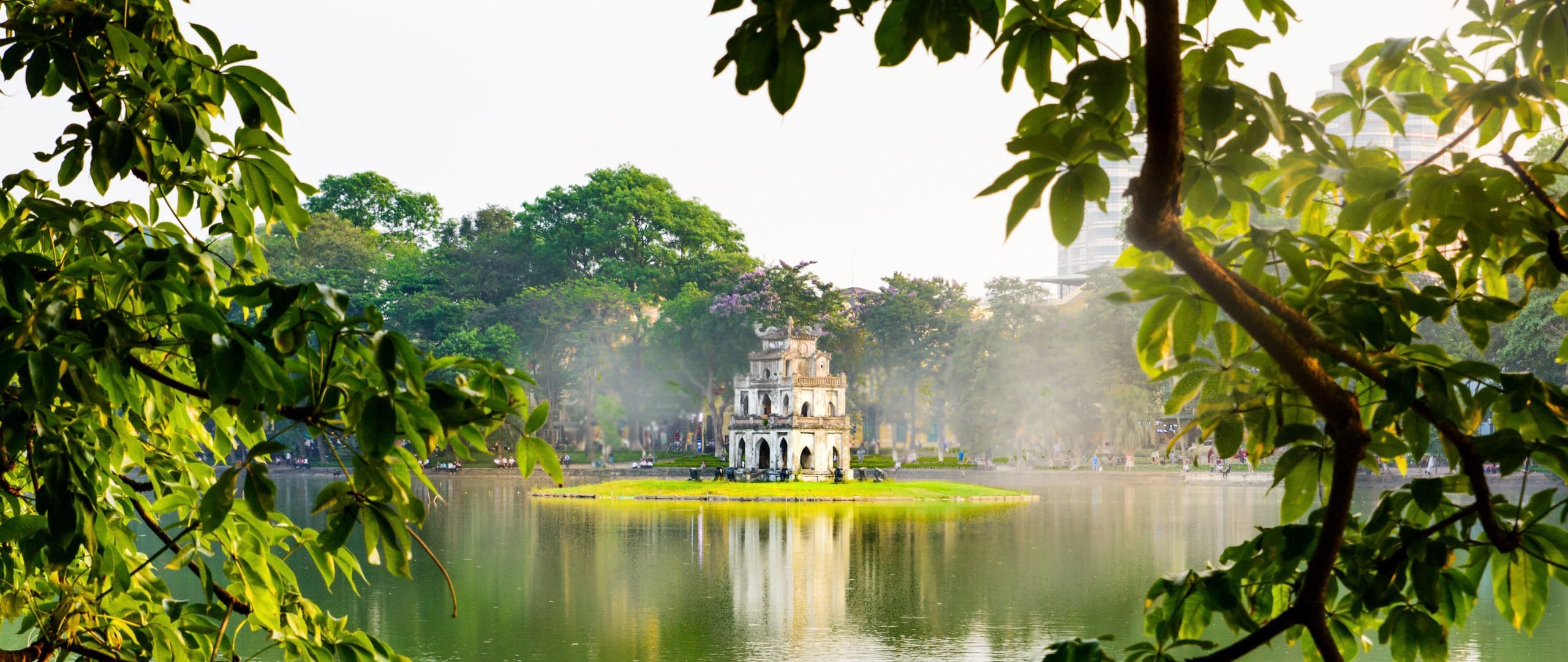 Hanoi (6)
Hanoi (6)
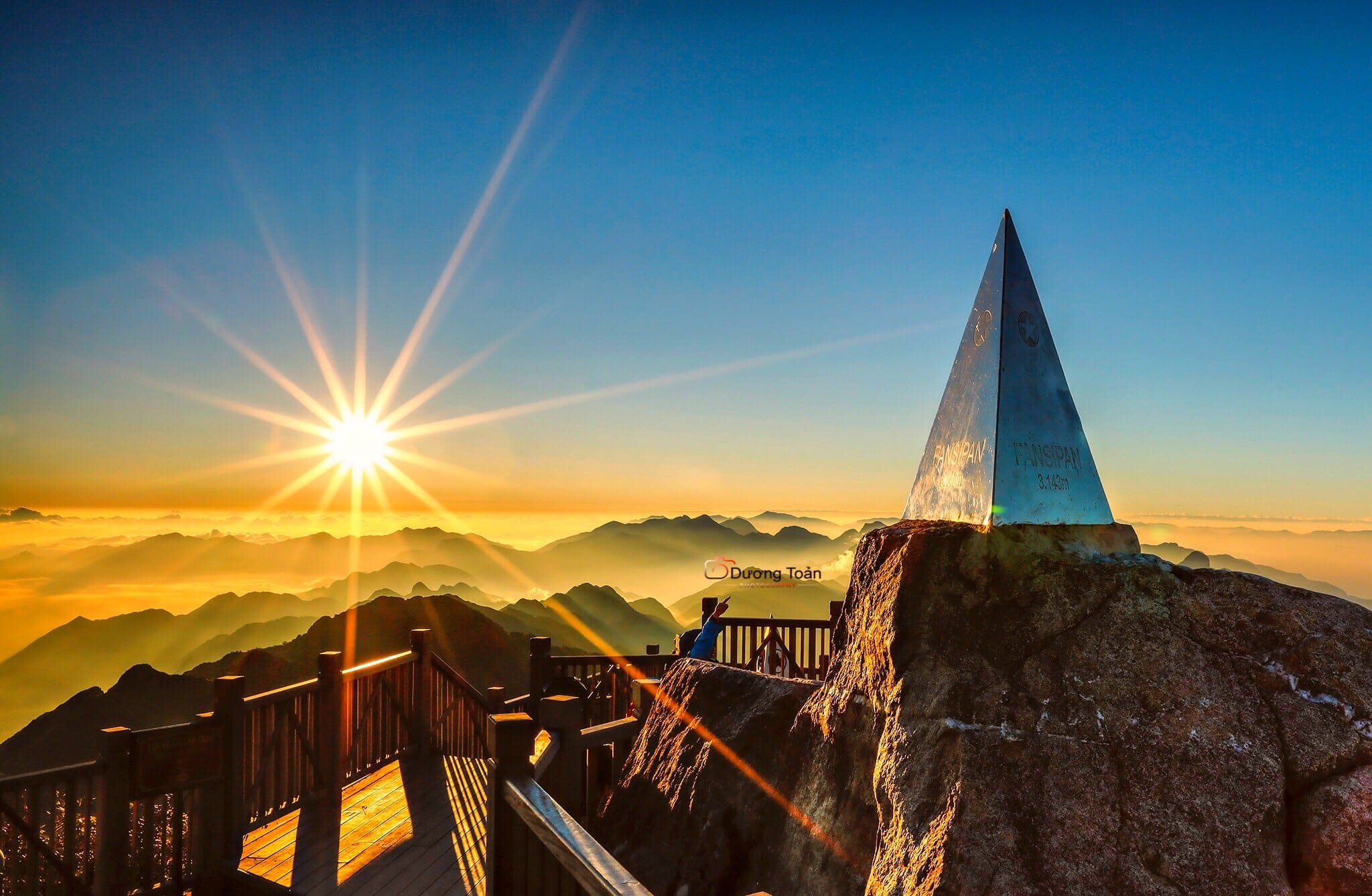 Lao Cai (1)
Lao Cai (1)
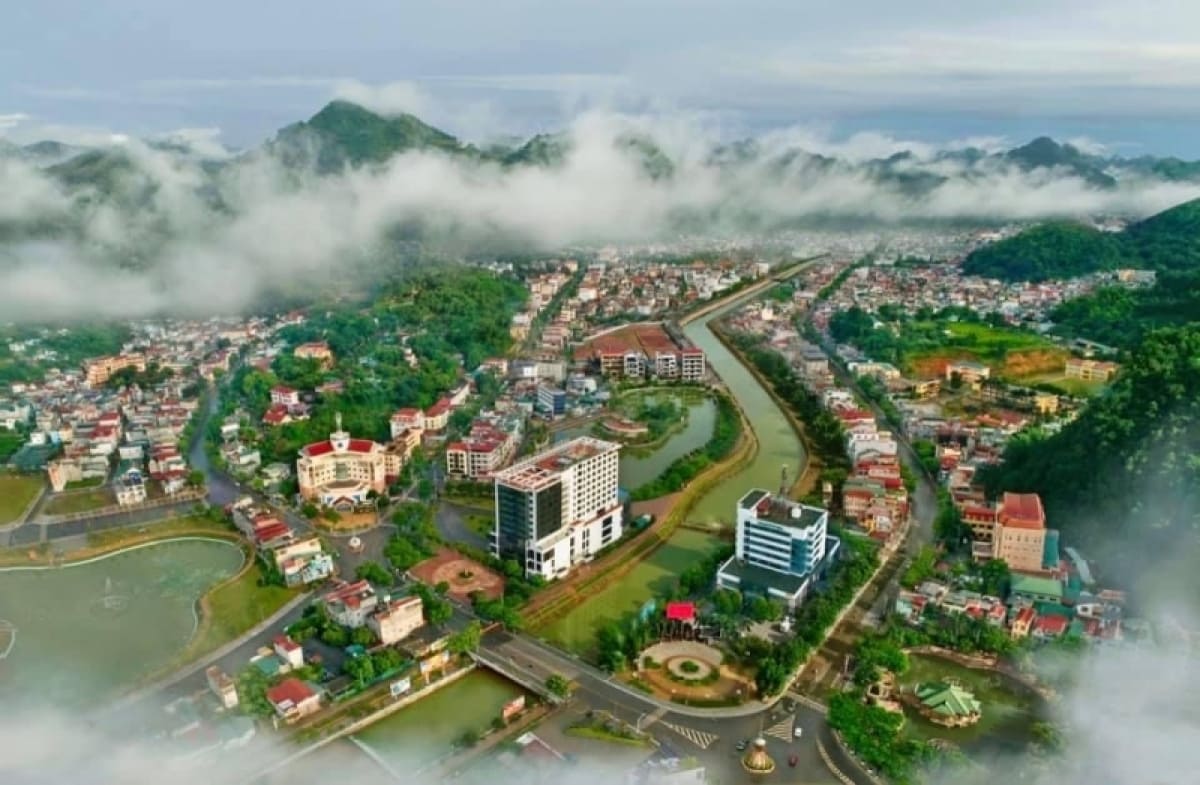 Son La (2)
Son La (2)
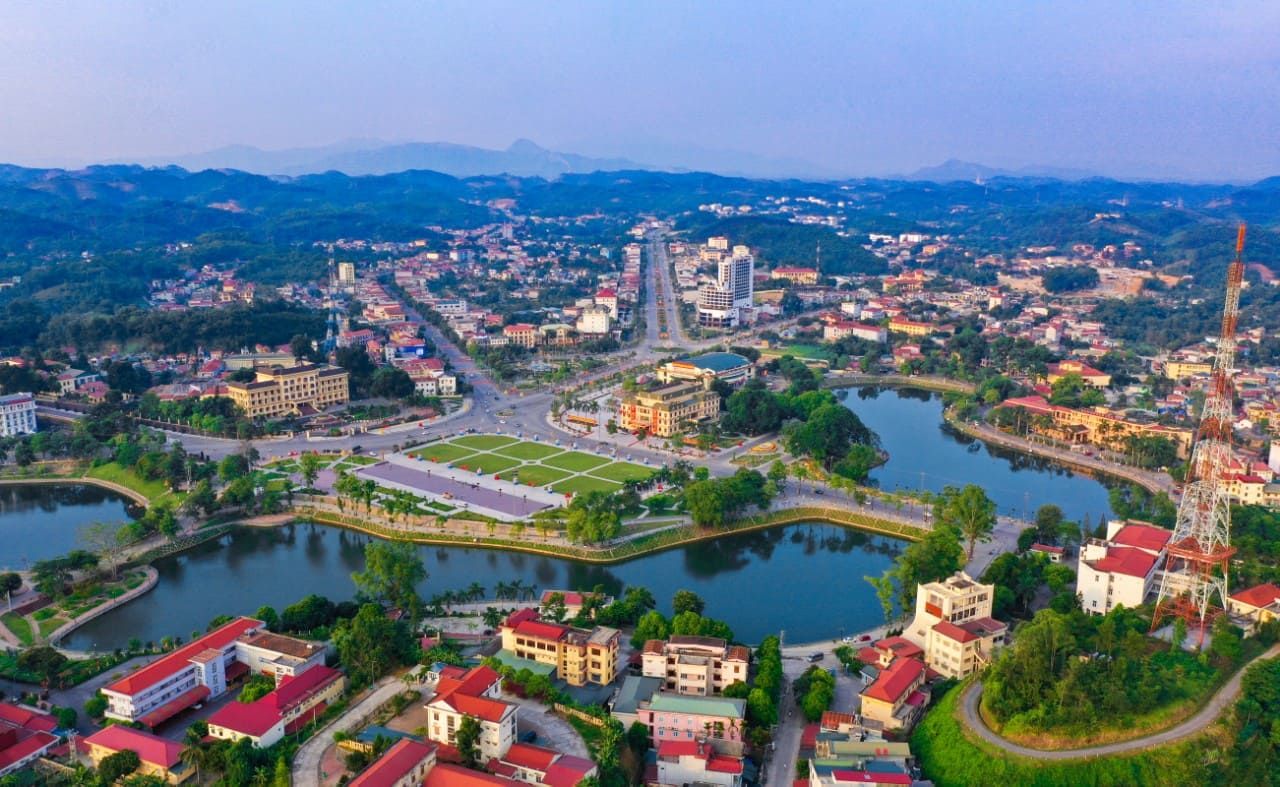 Yen Bai (1)
Yen Bai (1)
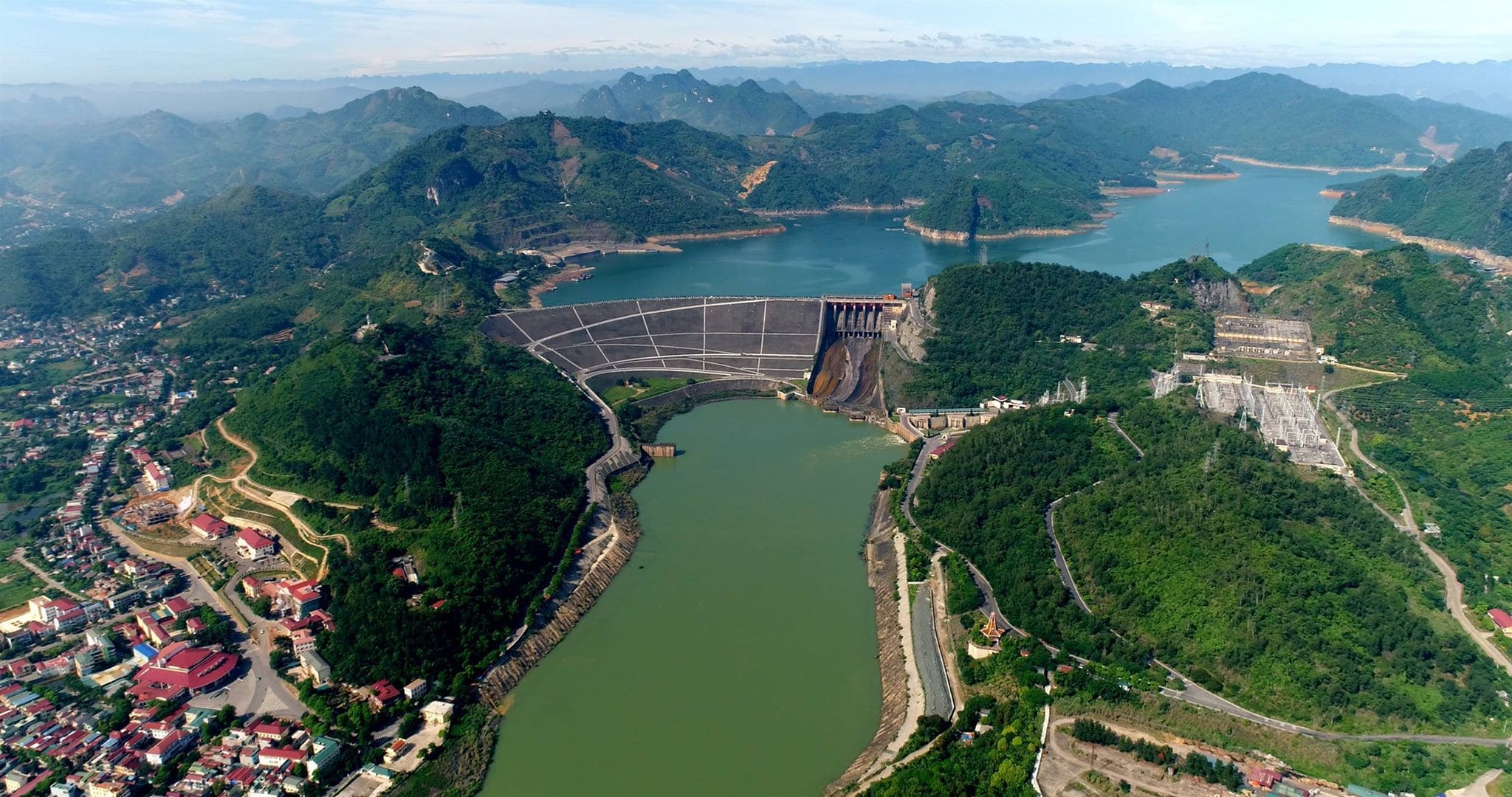 Hoa Binh (1)
Hoa Binh (1)
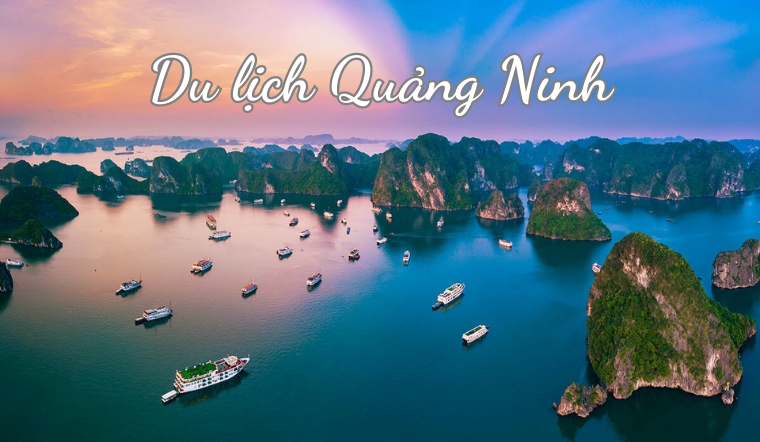 Quang Ninh (18)
Quang Ninh (18)
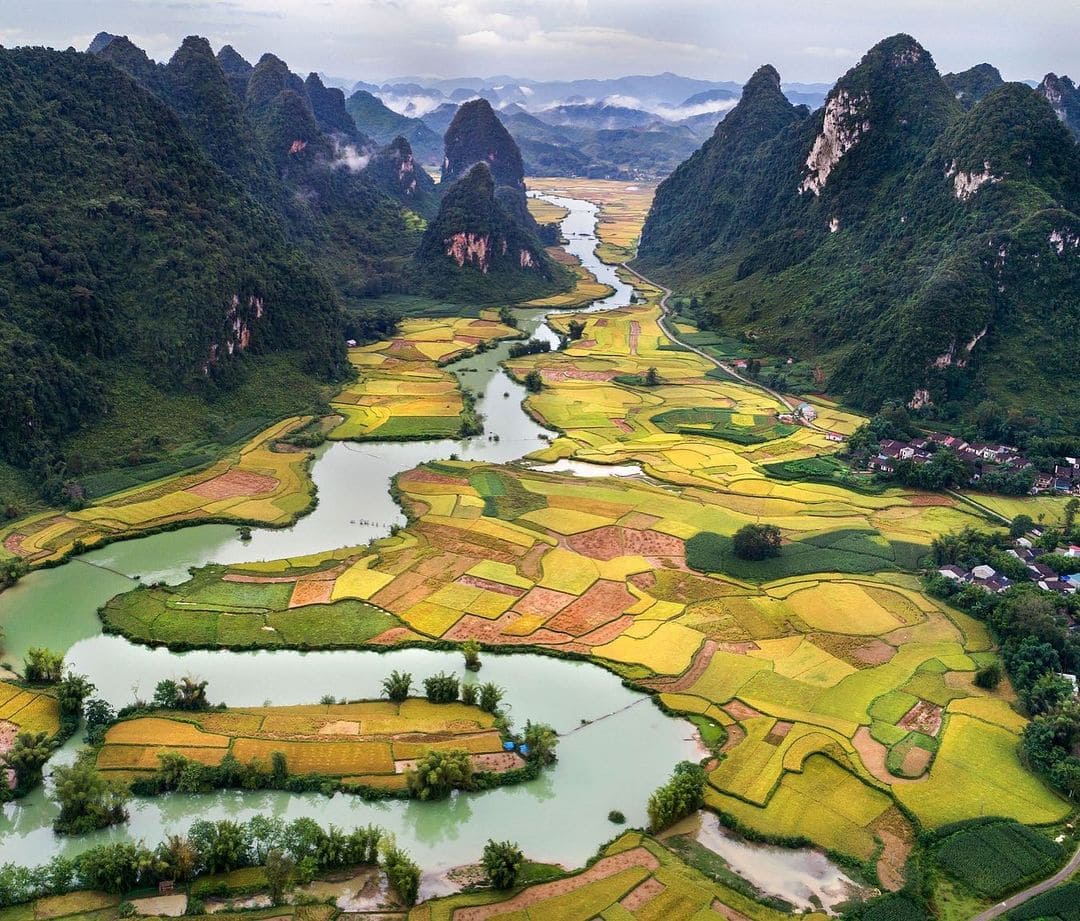 Ninh Binh (1)
Ninh Binh (1)
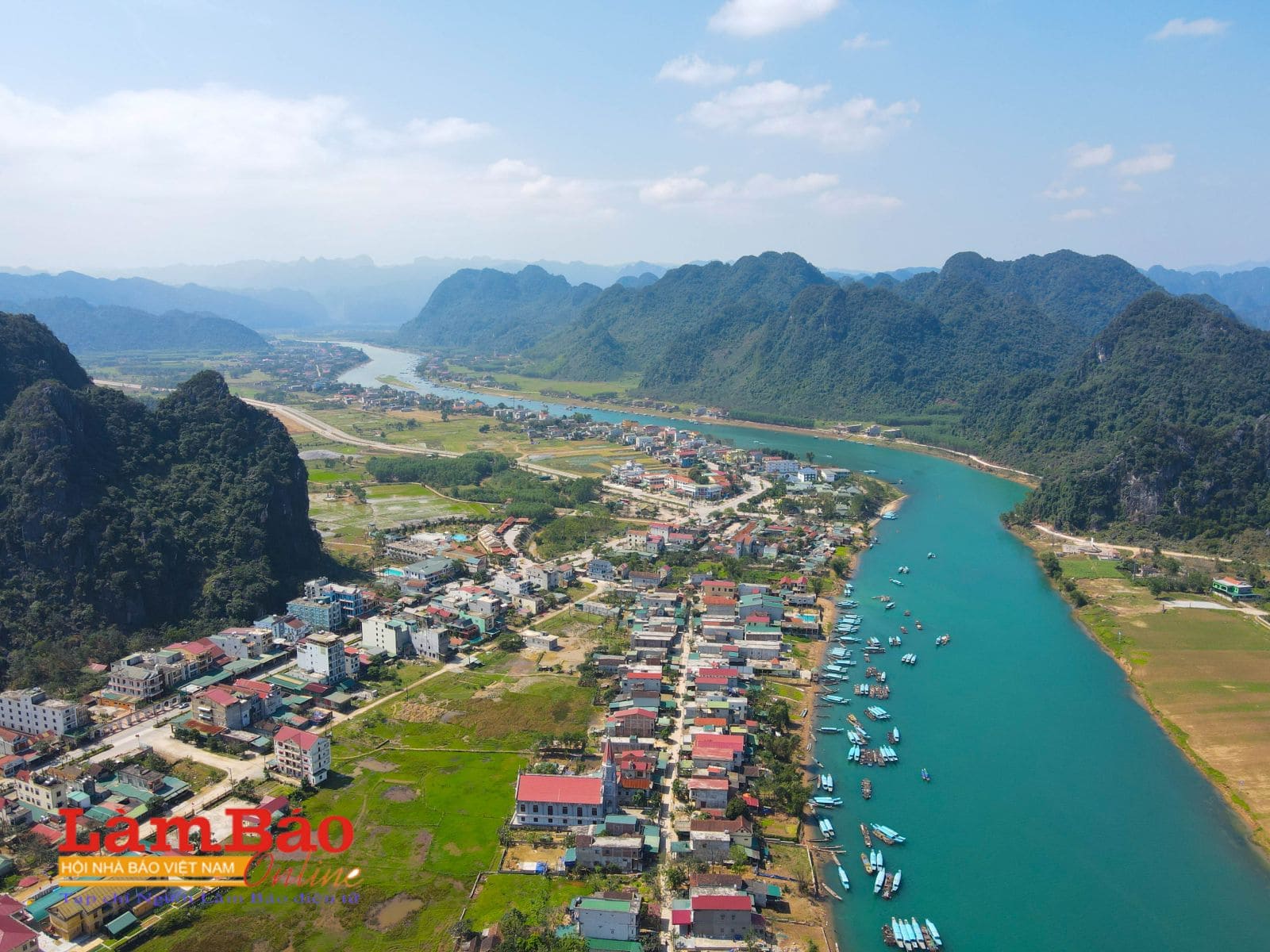 Quang Binh (2)
Quang Binh (2)
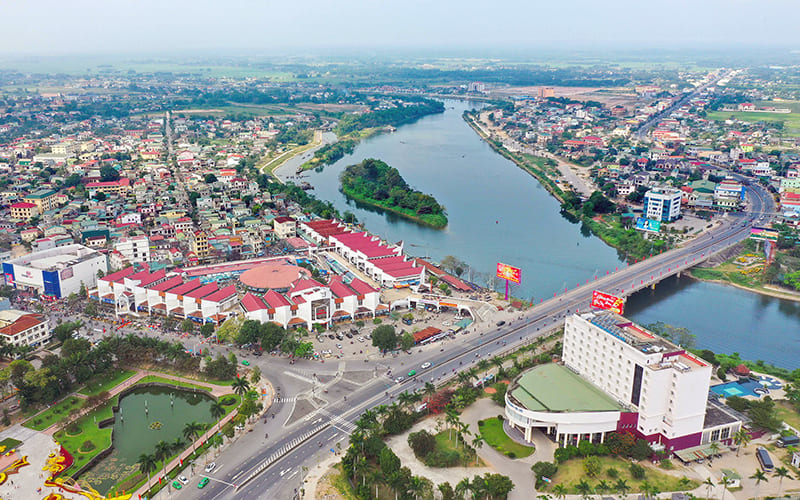 Quang Tri (1)
Quang Tri (1)
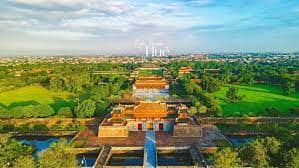 Hue (17)
Hue (17)
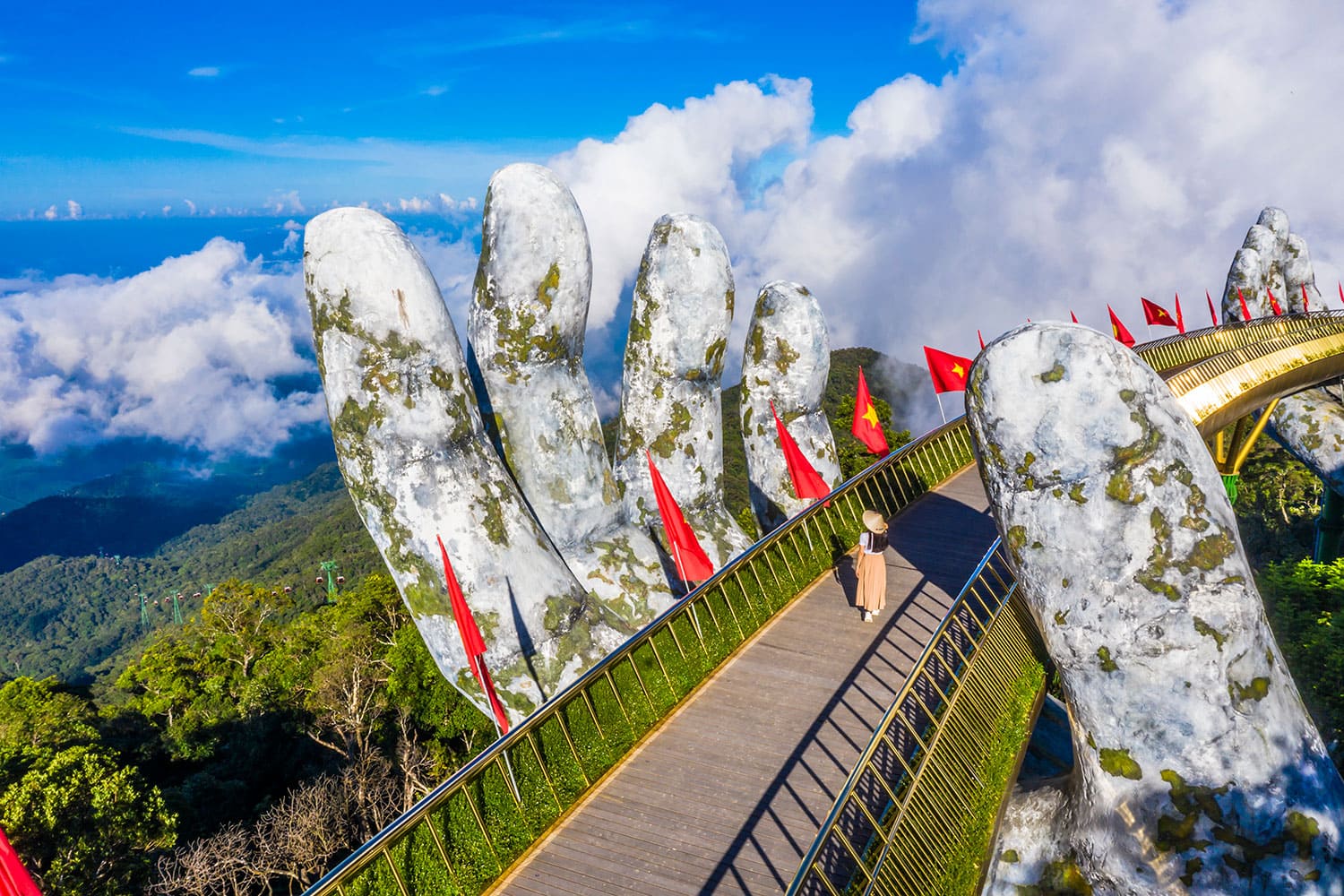 Da Nang (24)
Da Nang (24)
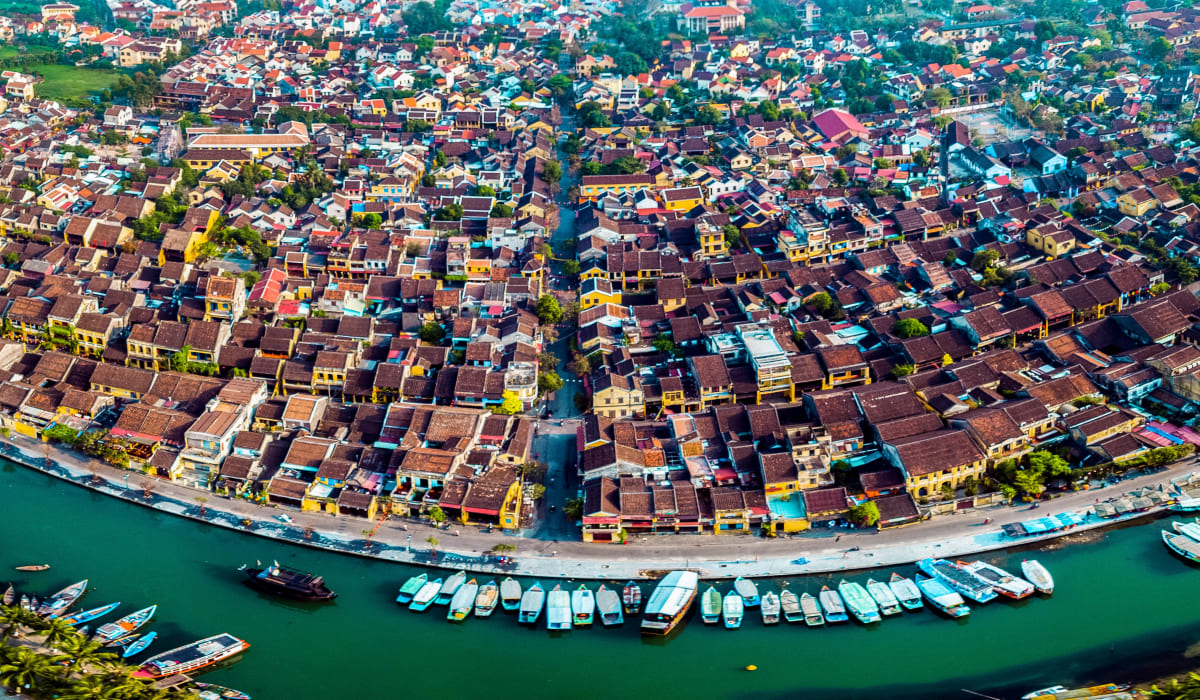 Quang Nam (16)
Quang Nam (16)
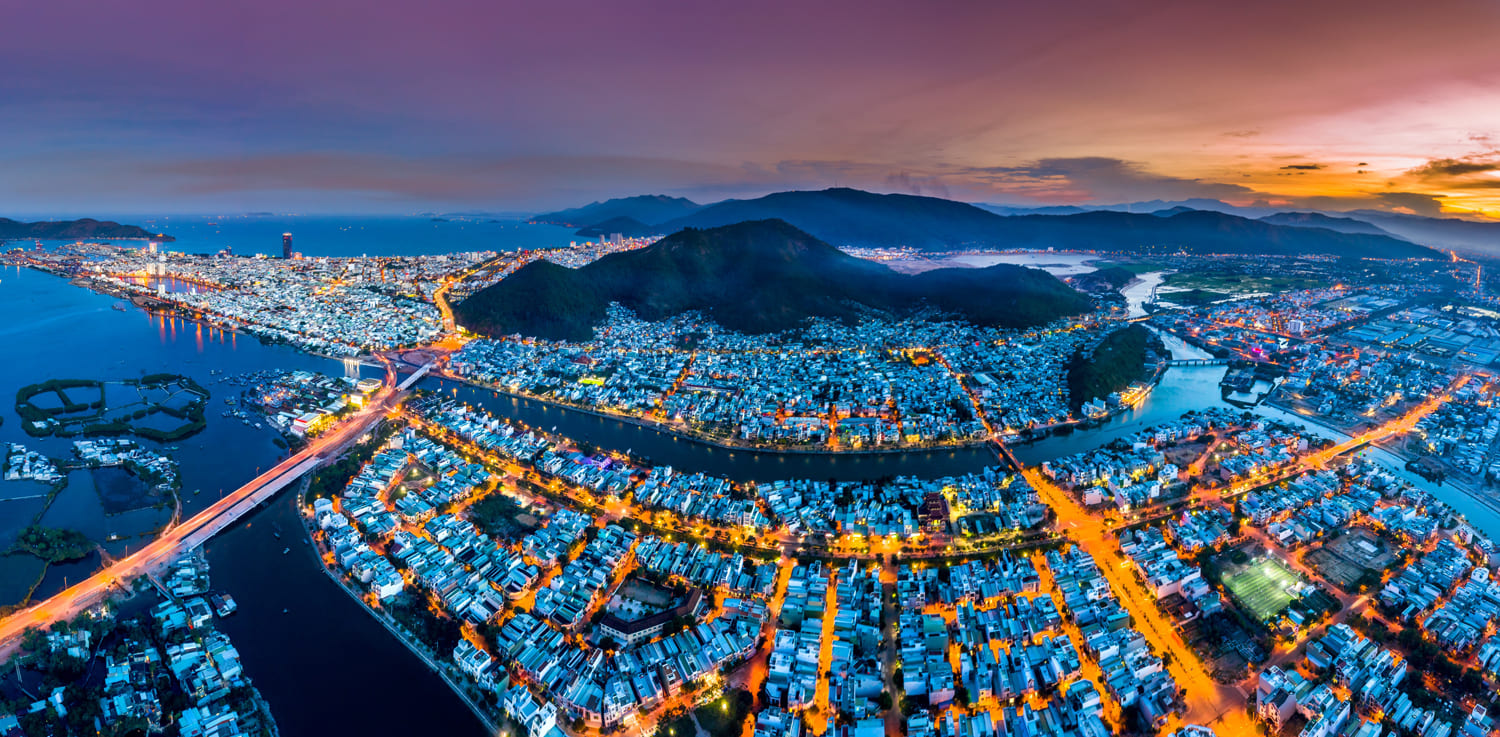 Binh Dinh (1)
Binh Dinh (1)
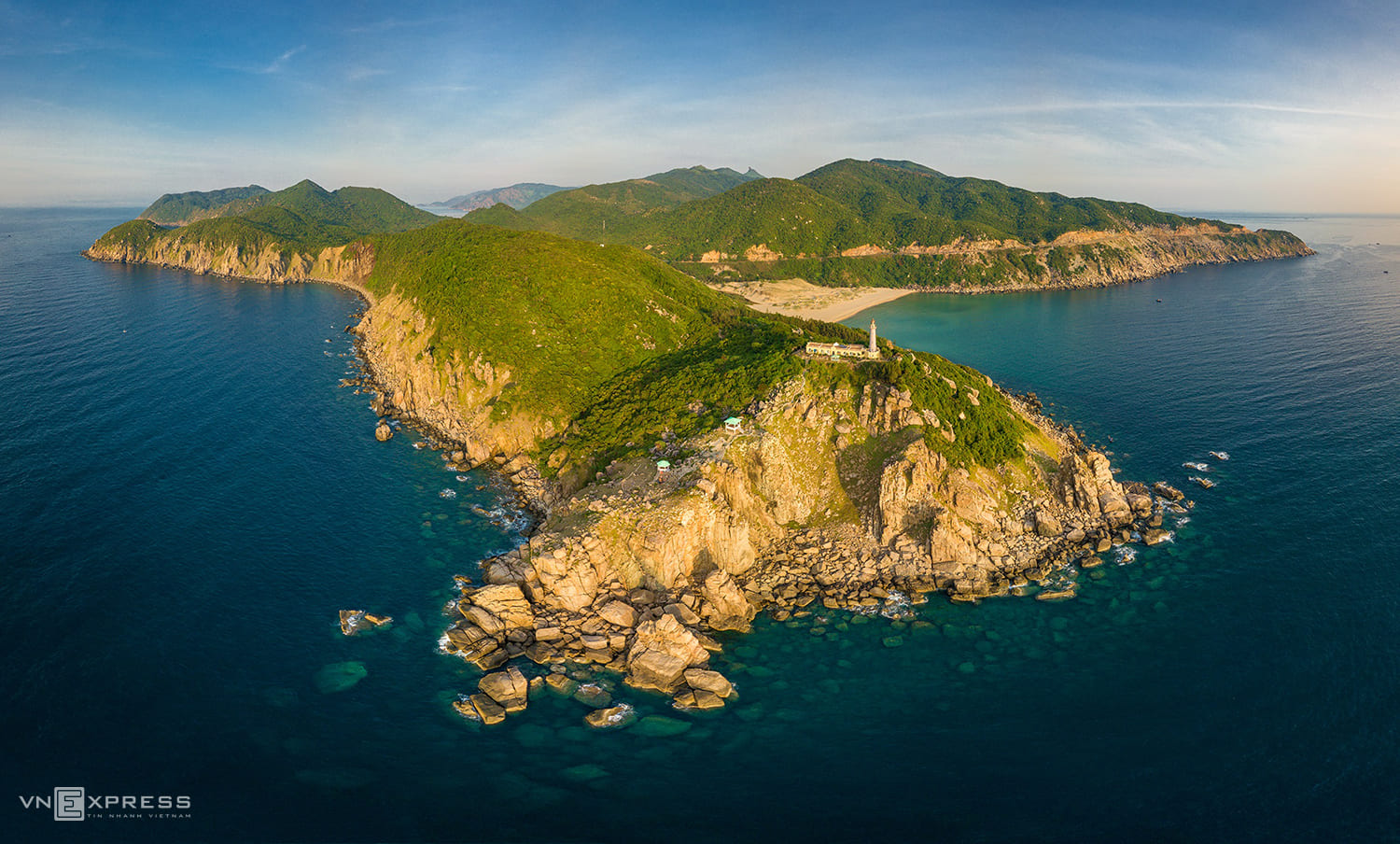 Phu Yen (1)
Phu Yen (1)
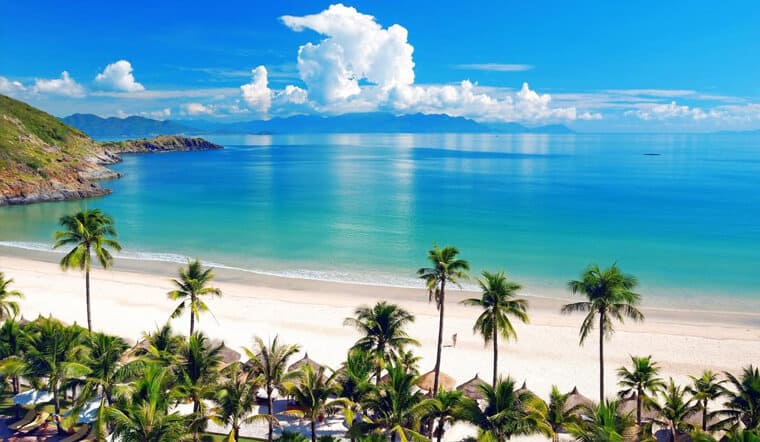 Khanh Hoa (12)
Khanh Hoa (12)
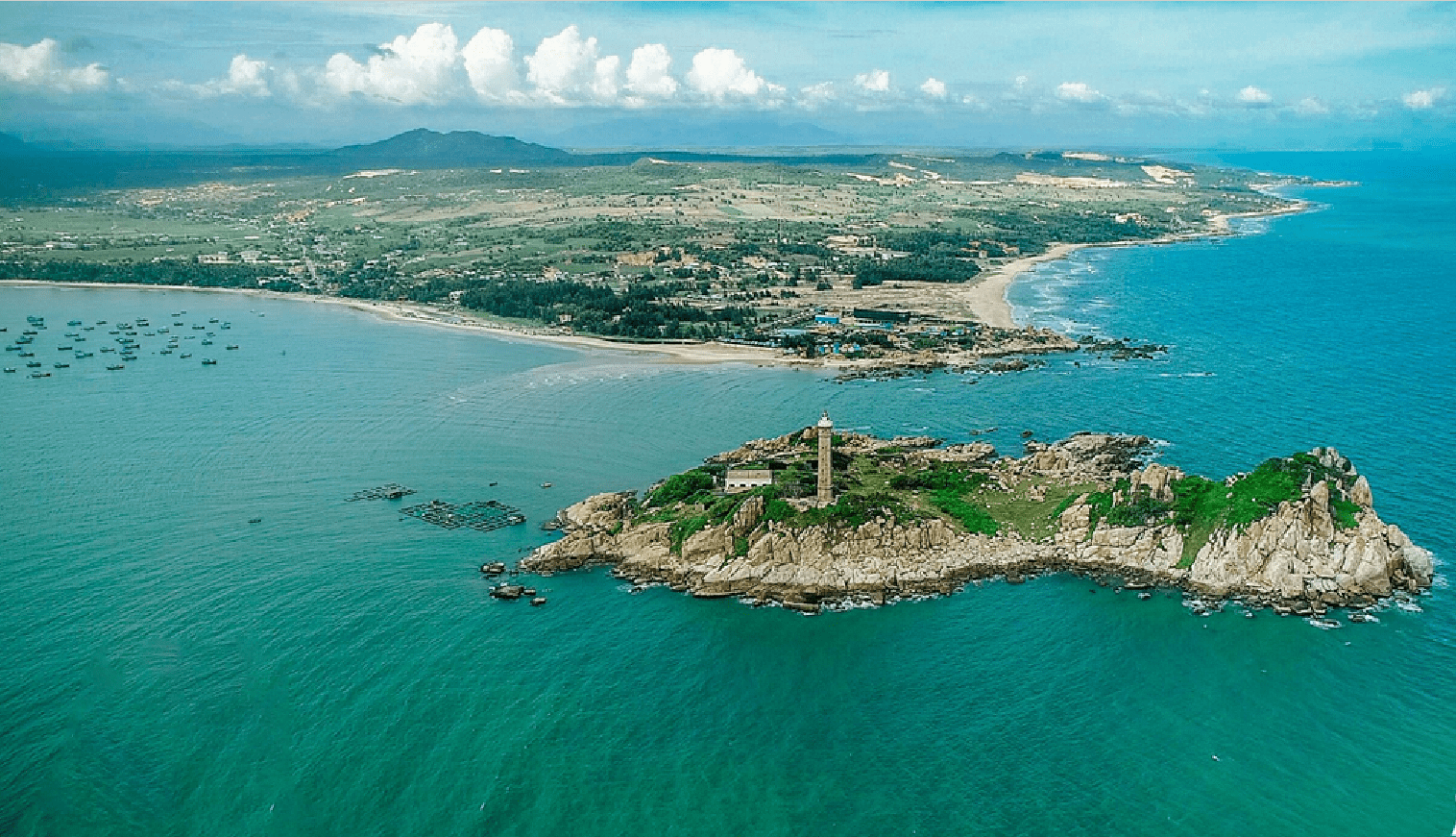 Binh Thuan (1)
Binh Thuan (1)
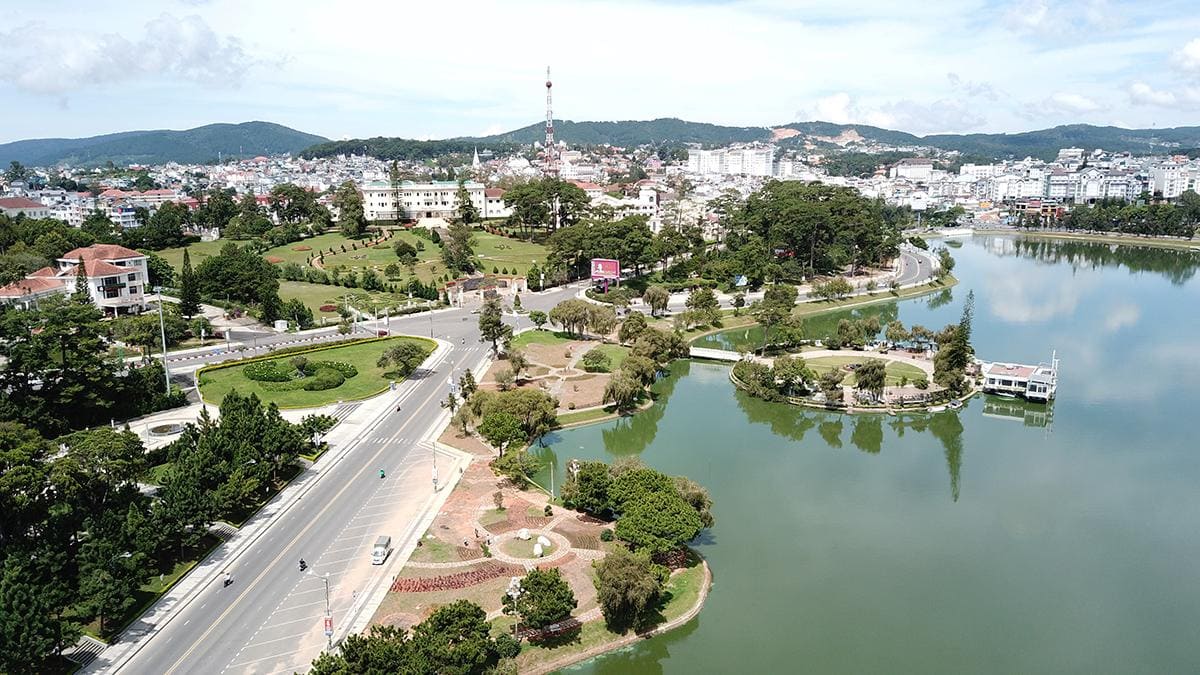 Lam Dong (7)
Lam Dong (7)
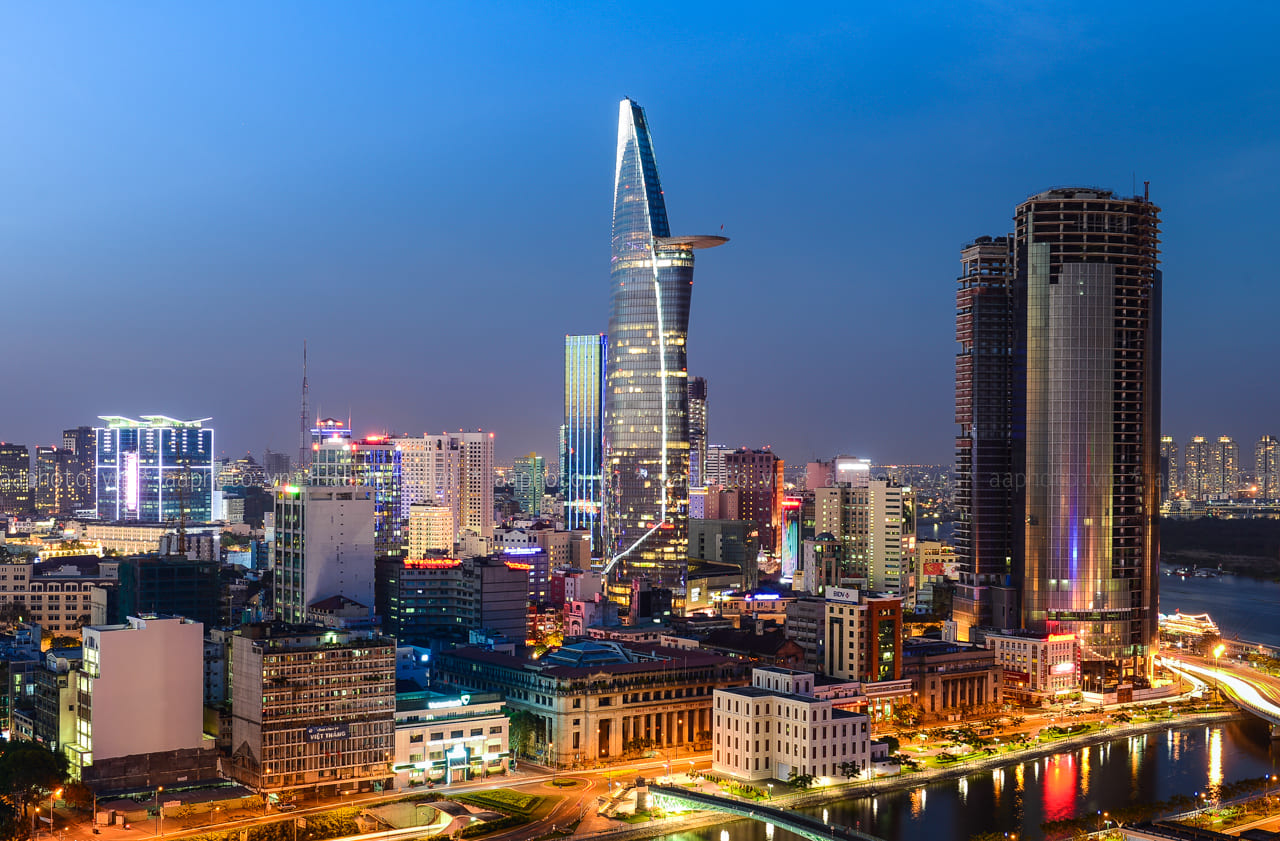 Ho Chi Minh City (3)
Ho Chi Minh City (3)
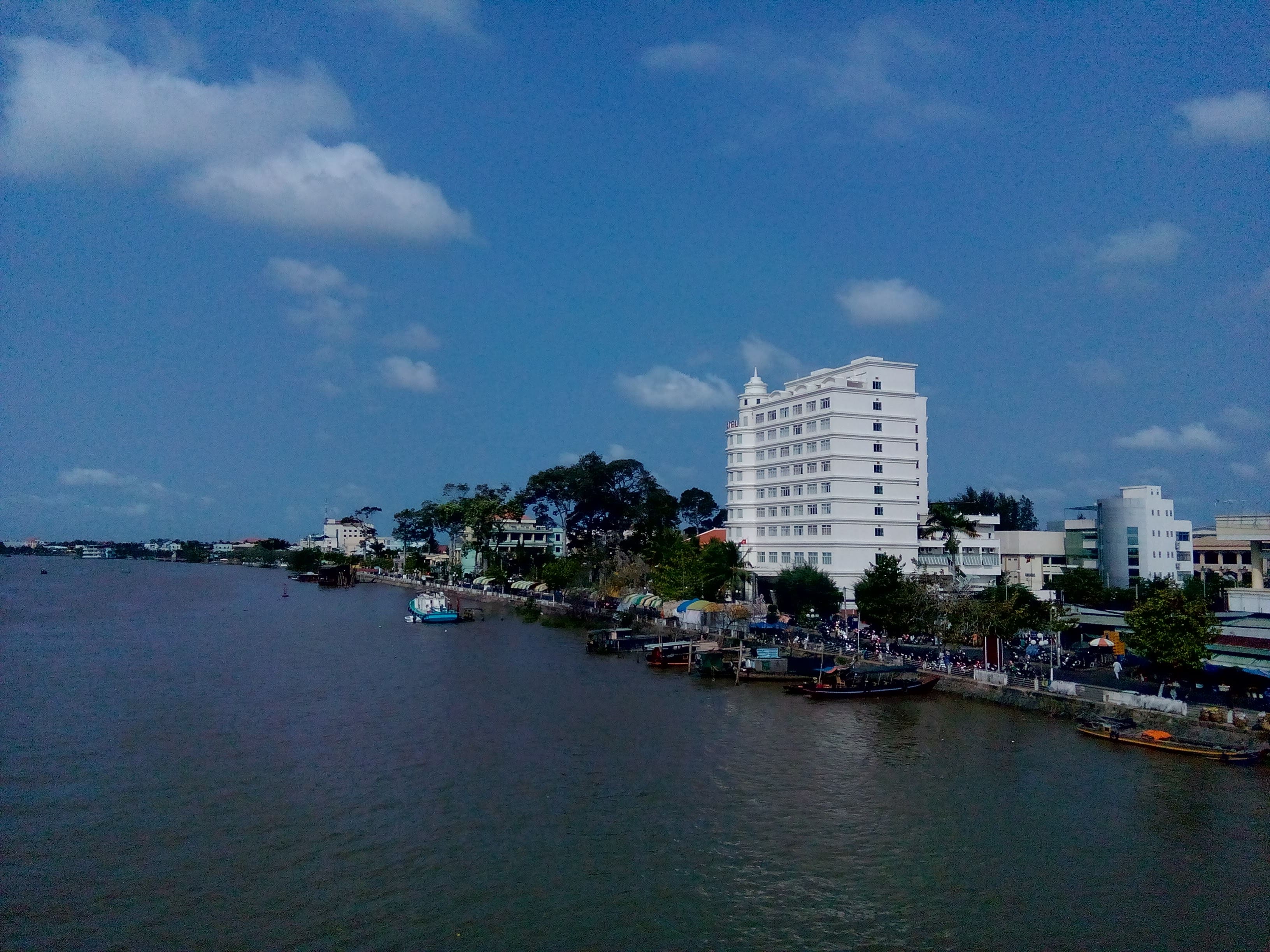 Ben tre (3)
Ben tre (3)
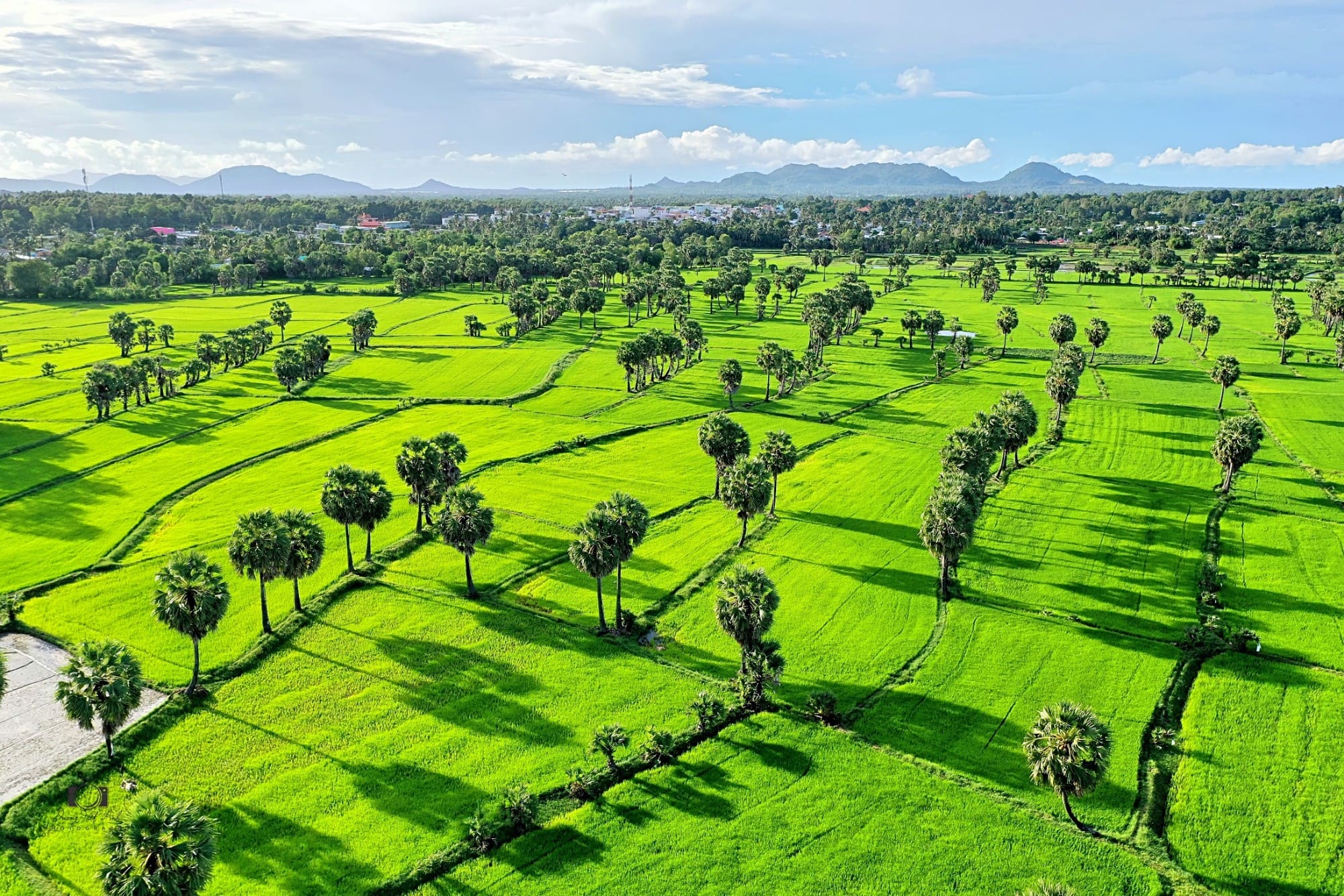 An Giang (1)
An Giang (1)
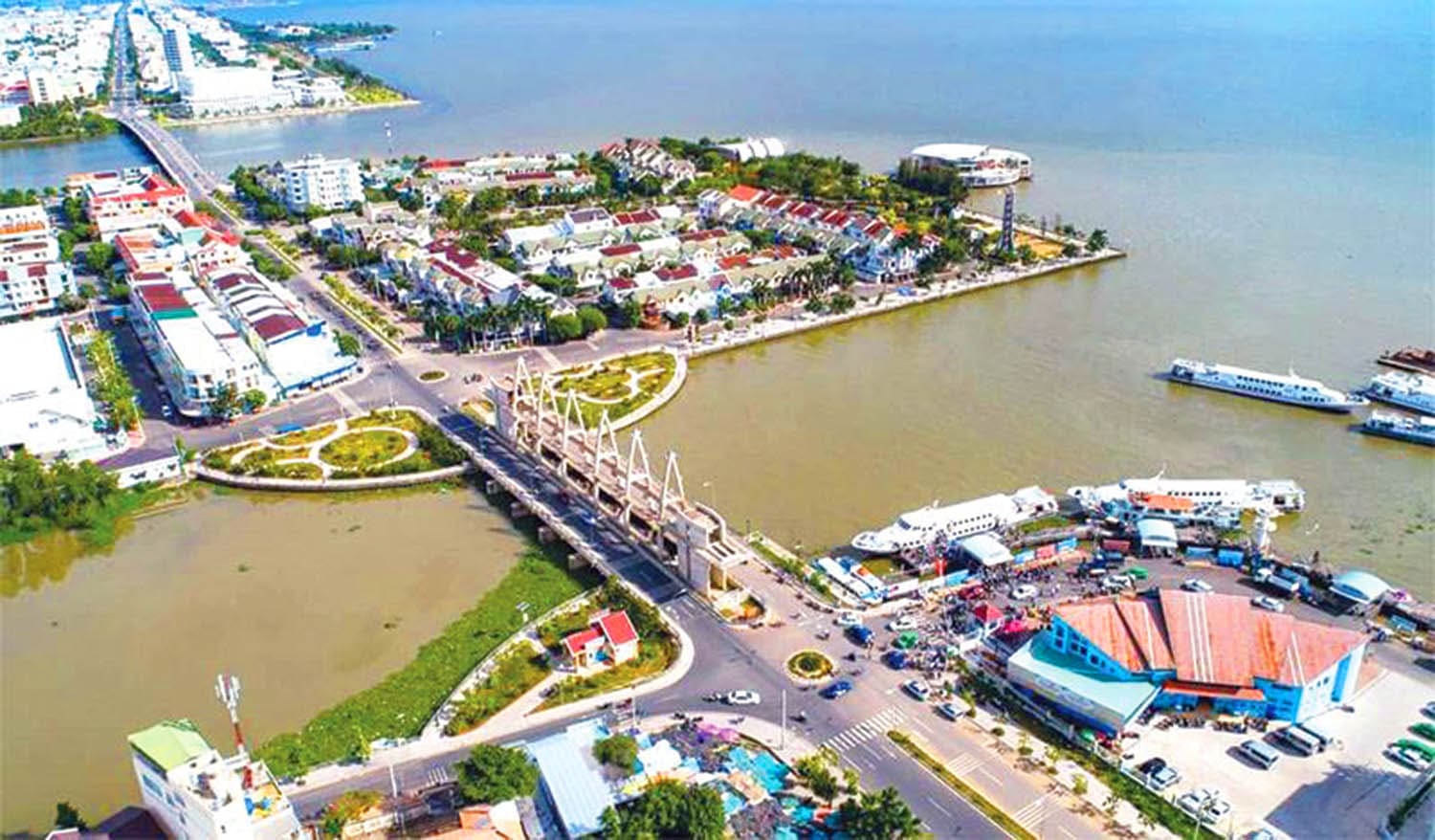 Kien Giang (4)
Kien Giang (4)
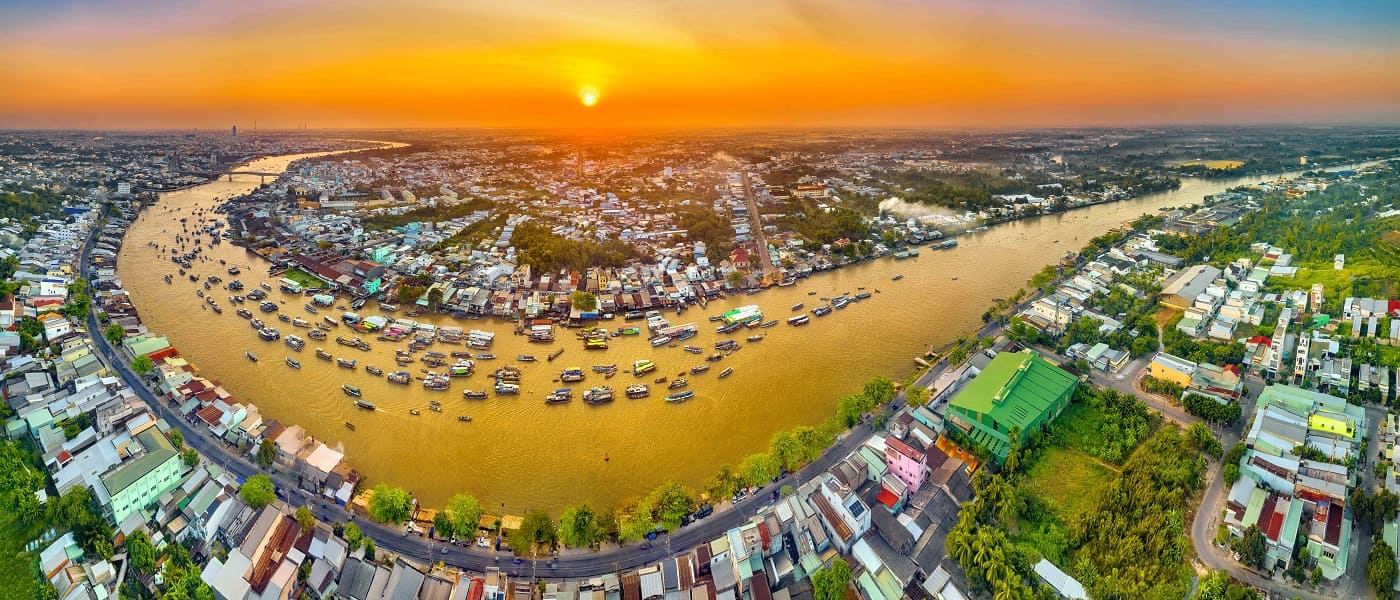 Can Tho (3)
Can Tho (3)
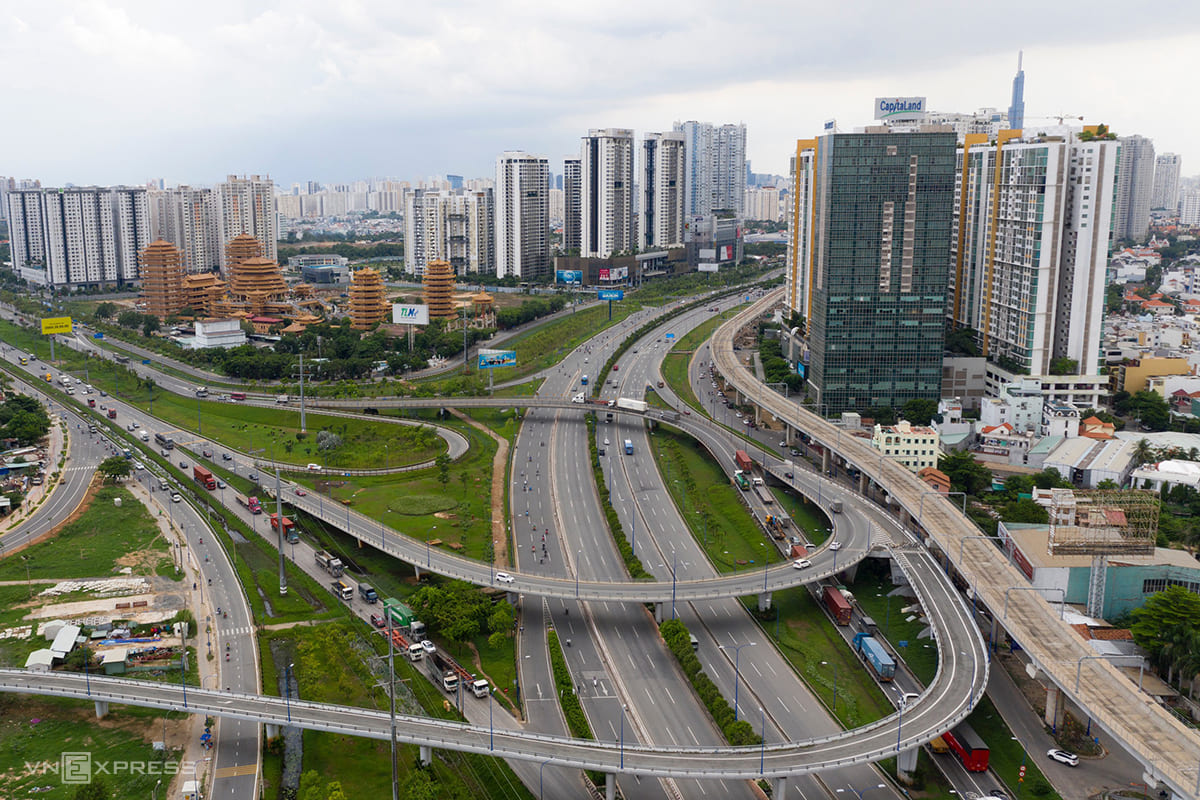 Foreign (3)
Foreign (3)
Group 2, Quang Trung, Ha Giang City, Ha Giang, Vietnam
Tourism Association Ha Giang Confirmed
Evaluate 4 () See map
Just words : Contact
Discount % member : 63Stravel Vip
Final price to pay : Contact
4.0 (1 Evaluate)
See all
Homestay
Tourism Association Ha Giang Confirmed
Group 2, Quang Trung, Ha Giang City, Ha Giang, Vietnam
Just words : Contact
Discount % member : 63Stravel Vip
Final price to pay : Contact
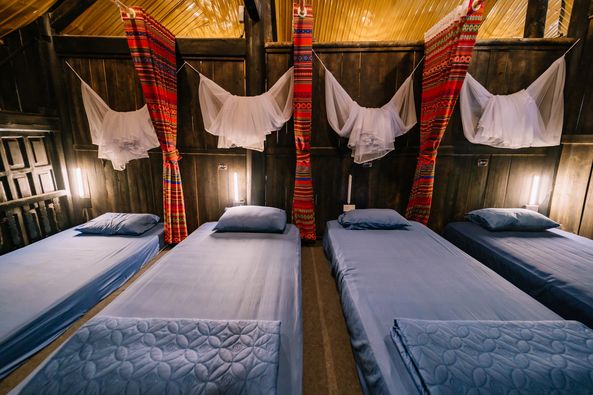
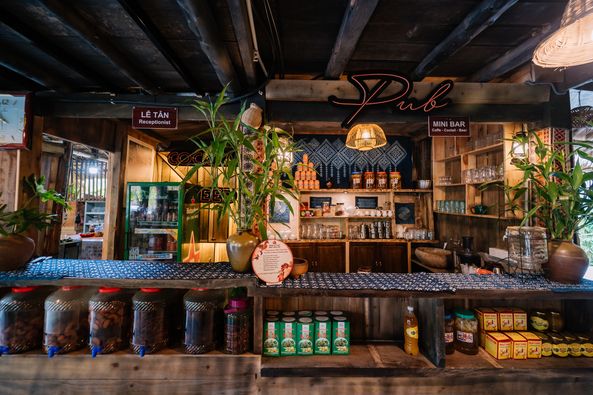
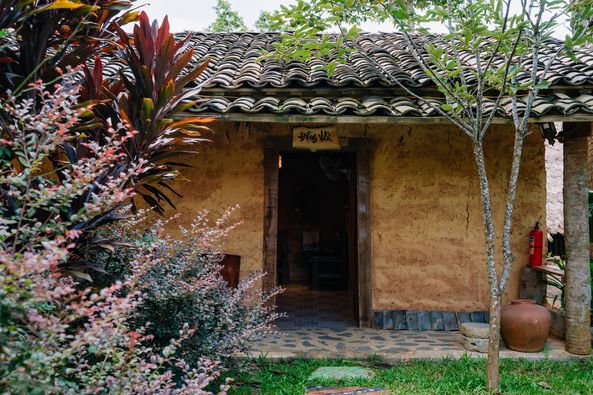
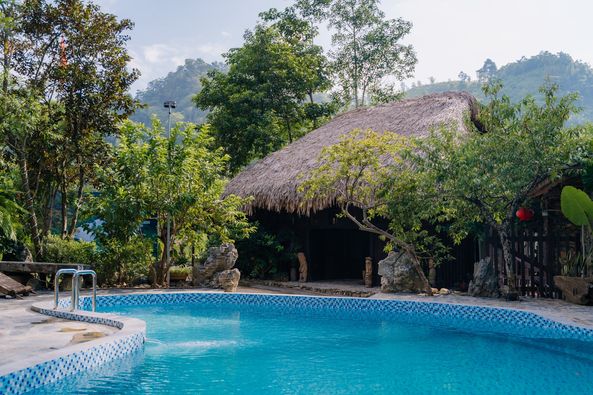
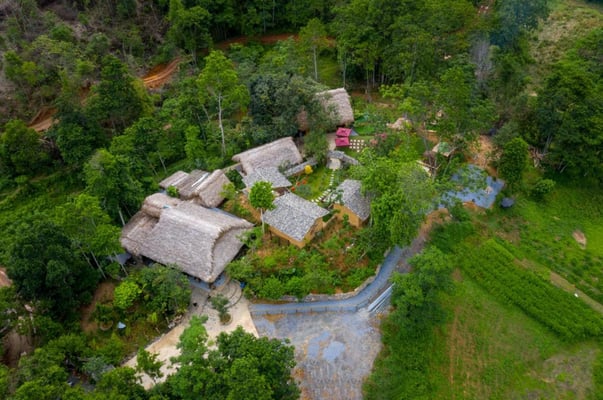
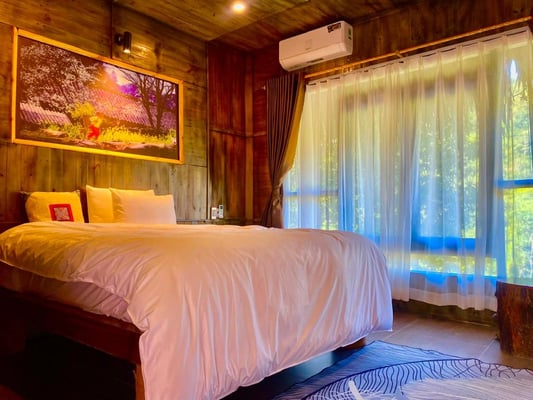

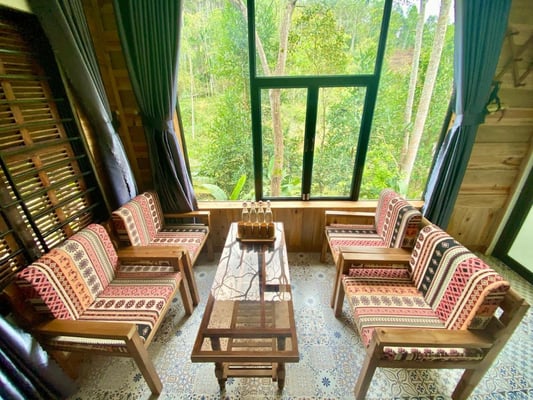
 Parking
Parking
 Receptionist
Receptionist
 Alarm
Alarm
 Special help
Special help
 Keep your luggage
Keep your luggage
 Free internet
Free internet
 Daily cleaning
Daily cleaning
 Steam laundry
Steam laundry
 Laundry Service
Laundry Service
 Iron
Iron
 Alcohol
Alcohol
 No smoking
No smoking
 Air conditioner
Air conditioner
 Garden
Garden
 Balcony
Balcony
 Ha Giang Xanh Retreat located amidst beautiful, peaceful mountains and forests. The resort gives visitors a feeling of privacy and isolation, with modern amenities and perfect service.
Ha Giang Xanh Retreat located amidst beautiful, peaceful mountains and forests. The resort gives visitors a feeling of privacy and isolation, with modern amenities and perfect service.
When coming to Ha Giang Xanh Retreat, visitors will enter a journey connecting with nature and themselves. Feel the warmth of the sun and immerse yourself in absolute silence and peace.
Check-in: From 2:00 p.m.
Check-out: Before 12:00
Children policy
Children from 13 years old will be considered adults
Please enter the correct number of guests and age to get the correct price.
Kind of room : Family Room
- Maximum capacity of room 5 - Standard number of guests 5 - For details of surcharges, please see "Final price"
Room price : Contact
Discount % member 63Stravel Vip
Final price to pay : Contact
4.0 (1 Evaluate)
See all
 Ha Giang Xanh Retreat located amidst beautiful, peaceful mountains and forests. The resort gives visitors a feeling of privacy and isolation, with modern amenities and perfect service.
Ha Giang Xanh Retreat located amidst beautiful, peaceful mountains and forests. The resort gives visitors a feeling of privacy and isolation, with modern amenities and perfect service.
When coming to Ha Giang Xanh Retreat, visitors will enter a journey connecting with nature and themselves. Feel the warmth of the sun and immerse yourself in absolute silence and peace.
Check-in: From 2:00 p.m.
Check-out: Before 12:00
Children policy
Children from 13 years old will be considered adults
Please enter the correct number of guests and age to get the correct price.
As a symbol marking the northernmost point of Vietnam, the Lung Cu flagpole was built on top of Dragon Mountain, in a small commune in Dong Van district, Ha Giang province. Located at an altitude of 1,470m above sea level, this is one of the check-in locations for many young people, and is also the conquering point for almost all tourists coming to Ha Giang. To get to Lung Cu flagpole, you also need to arrange a trip to Ha Giang, and need to have a specific, early schedule to visit this place because the flagpole is quite far from the mountain road, nearly 200km. If you want to travel to Ha Giang and see the beautiful scenery here, some of the most appropriate times you should consider are: From January to March: Around this time, plum blossoms, peach blossoms, and yellow mustard flowers will bloom. You will admire the nickname "blossoming rock area", so come here at this time. You will be able to visit and enjoy the beautiful scenes of flowers blooming. You can also come in May during the flood season or June - August during the summer with dry weather, easier to move and more convenient for visiting Lung Cu flagpole. Or you can also go to Ha Giang in October - December to visit the flagpole. This is also the time when buckwheat flowers bloom on the Dong Van stone plateau, you will see the most wonderful scenery in the spring. this time. The first thing when you want to visit Lung Cu Ha Giang flagpole is to have a plane ticket to Hanoi. After arriving in Hanoi, what you need to do next is find a bus to Ha Giang city of Ha Giang province. From here you can also rent a motorbike or car to get to Lung. Owl. If you are in the Northern provinces, you can choose to take a passenger bus, motorbike or car to get to Lung Cu flagpole along Highway 4C to Quan Ba, then from here you will go to Dong Van. . If you have arrived in Dong Van, go straight and you will reach Sa Phin commune. If you keep going, you will come to a fork. If you go straight, you will reach Dong Van old town, if you do the opposite, you will head towards Lung Cu. Built on the top of Dragon Mountain, to reach the top of the mountain you need to go through 839 steps, divided into 3 stages, at each stage there will be a waiting area for visitors to rest or admire the scenery below the mountain. After climbing more than 800 steps, you will definitely be stunned and proud when witnessing the Lung Cu flagpole with an octagonal architecture, 33.15m high and the 54m2 national flag always flying. on top of Dragon Mountain. Around the body of the flagpole is the face of a Dong Son bronze drum and at the foot of the flagpole are eight bas-reliefs illustrating the glorious historical periods of the country. Looking down from the flagpole, you will feel like you are seeing the land of our country in your eyes. Feel the cold air of the Northeast mountains and forests. Standing at Dragon Mountain, it feels like the Northeast mountains and forests blend with the high and wide sky. Not only that, just by looking up, the image of national pride is enhanced with the bright colors of the sacred national flag. the spirit flies. It creates a feeling of pride and excitement when conquering the pinnacle of a big milestone.
Ha Giang
From January to December
2235 view
Ma Pi Leng Pass in Ha Giang is also known as Ma Pi Leng or Ma Pi Leng, meaning "horse's nose". Ma Pi Leng is known as one of the death passes of the Northern mountains, because of its dangerous curves that challenge the driver. The pass is located on Highway 4C, Pa Vi and Pai Lung communes, Meo Vac district, Ha Giang province, one of the highest and most dangerous slopes in the Northeast mountains, and is also on the list of "four great mountain passes". "pass peak" of Vietnam is worth conquering. Located at an altitude of about 1,200m above sea level, and about 20km long (connecting Dong Van ancient town and Meo Vac town), Ma Pi Leng curves and wraps around the mountain like a white python. Following this road, you will pass through many villages or famous places such as Pa Vi, Sin Cai... Ha Giang is beautiful all year round. Each season has its own identity. Just like perfume, there is no scent that is the most fragrant, there is only the most suitable scent. And MIA.vn has created a list of some of Ha Giang's highlights each month for you. January-March is plum and peach blossom season. If you love the pink color of this flower, definitely don't miss it. April is the time when Khau Vai love market takes place. The unique market is only held once a year, so if you are interested in this festival, you should come to Ha Giang in April. September is the season when the terraced fields in Ha Giang are dyed a picturesque golden color of ripe rice. October and November buckwheat flower season - A romantic flower only present in the Northeast. December is mustard flower season, and if the temperature is low enough, there will even be snow. I bet that whether you are a backpacker or not, you have heard of the reputation of this Ma Pi Leng pass. This is one of the "four great passes" with beauty that is both wild and dangerous but strangely charming and attractive. Ma Pi Leng is difficult to conquer. Therefore, it makes people yearn even more to be able to overcome all the zigzag and winding roads surrounded by high, steep rocky mountains and deep abysses. Located precariously in the middle of a mountain, you will also go through 9 "scary" winding turns when one side of the steering wheel will be a deep abyss. The road is narrow, sometimes only enough room for one car. Yet on the way you can also see the green Nho Que river winding like a strip of silk. The river's seasonal changes are extremely special. This is also a legendary check-in corner for adventurous young people. In addition, you can also go to the cliff located between the cliffs - Where you will capture the entire panorama of majestic mountains and forests and immense rivers. On the way to the top of Ma Pi Leng, there will also be terraced fields in the ripe rice season that will become golden, covering the entire mountainous region of the Northeast. In addition, depending on the season, the space below will be the pure white of mustard flowers, plum flowers or the striking red of other flowers. Northeast cuisine has a strange and special appeal. Dishes such as thang co, buffalo meat, sausage... are all specialties that tourists should not miss when traveling to Ha Giang. Also, have you heard of grilled moss? The flavor of this dish is 1-0-2, after eating it, you will definitely be addicted. Mostly because of the cold weather, the dishes in Ha Giang are also grilled dishes and sipping a little wine to fully experience the dining culture of this top land of the country.
Ha Giang
From January to December
2069 view
Dong Van town is nestled between the four cloud-covered mountains of the rocky plateau. There are only a few dozen houses scattered around the central area and interspersed with cliffs standing in the middle of the blue sky. The beauty of Dong Van ancient town emerges as a lyrical water painting with all the colors of nature converging. Ancient houses were built by local people next to the cliffs as a test of human strength and determination before creation. Dong Van Old Quarter was formed in the early years of the 20th century. Through historical changes and ups and downs, the neighborhood still retains the charm and wilderness of the beginning. The street was built by Tay people, Mong people and Chinese people. Nowadays, when traveling to Ha Giang, it will not be difficult for you to see images of houses designed in the style of long houses and yin-yang tiled roofs. Over time, Dong Van old town welcomed many different residents to live and do business. This has caused the neighborhood to harmonize, synthesize and adapt many cultural forms of different ethnicities. Coming to Dong Van ancient town, you can not only see lanterns strung like looms on the streets, but also witness highland markets with the sounds of trumpets, music and typical products of the region. rock Hight Hill. On weekend nights, the space in the markets becomes bustling with the singing and singing of couples. They exchange dances and love songs by the flickering firelight of the highland love market. Dong Van Ancient Town is not only a trading address for people in the region but it has become a "commercial center" of a large plateau region. Not only local people and people in neighboring areas, but even those who do business in the lowlands want to come here to buy and sell products. Traveling to Ha Giang to Dong Van ancient town is also the address for organizing traditional festivals of the Tay, Mong and ethnic minorities in the Northwest mountains. In traditional costumes, young women of the Mong, Tay, Pu Peo, Lo Lo... hold hands with the music of love exchange. The highlight of the old town is Dong Van market, the market was built with mainly stone materials since 1920. After nearly a century, the market still preserves its cultural features quite intact. To see Dong Van old town from above, you can completely see the entire scene of the neighborhood in your sight. Rows of houses are arranged in a U shape with yin and yang tiles along the mountainside. If you ask, which season is the most beautiful to travel to Ha Giang? Then come to Ha Giang during the buckwheat flower season, you can completely immerse yourself in the space of mountains and forests and monochrome white hillsides, along with the fragrant scent of this famous flower in the Northwest. In Dong Van old town, at night, you can stop by a cafe to enjoy the delicious taste of coffee and listen to the sound of the wind echoing on the hillsides. The scent of the buckwheat flower will lull you into the enchantment of the flute, the flute and the flickering flames of melodious music. In general, Dong Van ancient town has quite common Chinese-style architecture, mainly covered with yin and yang tiles, and the trusses are firmly designed. In particular, stone seems to be the main material and has become popular in construction. Stone mortars, stone walls, and stone pillars were invested in building the landscape space of the streets very close to nature, less affected by human hands. Almost every house in the old town has lanterns hanging. Perhaps this is a unique cultural feature of the minority people and the image of the fire also helps dispel the coldness of the rocky plateau at night. . According to Ha Giang tourism experience, every year, Ha Giang province organizes many festivals imbued with the traditions of ethnic minorities in Dong Van, including "Old Town Night". Coming to the old town night, you will have the opportunity to see brocade dresses, lanterns, and traditional dishes of ethnic minorities. Ha Giang, an impressive tourist land with many cultural and historical addresses still quite intact. Coming here is also coming to a land of lyrical sky, clouds, water, everything is very wild. The land of buckwheat flower fields, Thang Co dishes, hand-burning brocade and the sound of flutes of couples exchanging love on the old town of Dong Van - the stone plateau.
Ha Giang
From January to December
2262 view
Dong Van has long become an extremely attractive and famous tourist destination for domestic and foreign tourists as it possesses countless beautiful landscapes and, more specifically, the Lung Cu flagpole, a symbol very sacred of Vietnam. But that's not all of Dong Van. Hidden deep in the layers of rock and soil, there is a small town called Pho Bang. This is a little-known land. Even though it has been forgotten over the years, it still retains its wild, ancient and strangely peaceful features. In the past, when mentioning Pho Bang, people often immediately thought of the busiest marijuana and drug trading center in Ha Giang, but after being cleared, this place retreated and had an almost closed life with others. the outside world. Due to its geographical location, hidden deep in the rock layer, the road to Pho Bang is quite difficult and dangerous. We can start from Dong Van old town and go back about 17 km. With dangerous and precarious mountain passes where one side is a deep abyss and the other is a high mountain, you should firmly hold the steering wheel and pay attention to the signs and convex mirrors mounted on both sides of the road. If you do not have any experience with mountain pass travel, a class for backpackers is probably the most appropriate choice that you must prepare before leaving. Although the road is difficult, visitors should not be too worried or afraid because on the way you will admire the beautiful scenery of majestic mountains unique to Ha Giang or just consider this a challenge. you set for yourself to reach higher limits in life. After a long journey, Pho Bang town opens before our eyes a scene as if we were lost in the countryside of the distant country of Korea. Originally known as the young woman sleeping on the Dong Van stone plateau, when entering Pho Bang you will feel a peaceful scene with a gentle and serene pace of life. The houses have yin-yang roofs with ancient moss-colored roofs and ivory-yellow earth walls mixed with reddish brown. The window frame is old, the wall has cracks that seem to be about to collapse, but it is extremely sturdy against the storms of Ha Giang. Hanging on it are red couplets and a lantern with engraved words of Ha Giang. The Chinese ethnic people have become discolored over the years. Things that were seemingly unusable for a long time, now under the talented hands of the ethnic people living in this land, have created a rare, ancient and wild beauty in the Northwest high mountains. Each of the four seasons has its own unique beauty, but perhaps autumn is the season when this place is the most beautiful and perfect. When autumn comes, the town takes on a desolate beauty tinged with memories, but hidden deep inside is full and intense vitality. Enjoying the fresh air in a peaceful land, admiring the passionate buckwheat flower hills, wandering around the roadside of a small town with a camera in hand, you will definitely have great experiences. What a wonderful moment in this sleepy land. Not only does beauty move people's hearts, Pho Bang town also leaves an extremely deep mark in the hearts of visitors because of the simplicity and simplicity of the people here. Living in Pho Bang are mainly ethnic Chinese and Mong people. Coming here, you will definitely not be able to hold back when you see the bright eyes of ethnic people. They are people who, despite living in poverty and darkness, are never corrupted or corrupted by money and urban luxury, but live slowly, leisurely and diligently. Day after day, no matter how the world and people change, the lifestyle of ethnic people still follows a certain trajectory. Young men still carry baskets to work in the fields, and women diligently carry their children on their backs without forgetting their work. Occasionally we see small children with dirty clothes but their eyes radiate clarity, wild innocence and full of life like buckwheat flowers growing on dry, rocky mountain slopes. With a pristine, ancient scenery that few people know about, an ethnic group with a simple and elegant lifestyle have all created the peaceful small town of Pho Bang. Although not as famous as other places in Dong Van, this place has retained its long-standing traditional cultural features. That is an extremely precious gift that the people of Pho Bang have preserved for Ha Giang in particular and Vietnam in general. That's why let's join hands to protect a beauty that is gradually fading over the years.
Ha Giang
From January to December
2082 view
Yen Minh is a town about 100km northeast of Ha Giang city, along Highway 4C from Can Ty to the district town center running through 3 communes: Bach Dich, Na Khe, Lao and Chai. Yen Minh Road extends 50km from Quan Ba, both sides of the road grow straight, stretching for dozens of kilometers, welcoming backpackers with winding, winding roads and mist in the distance. The sky-high scenery of Yen Minh pine forest, the green grasslands, the romantic mist and the cool atmosphere make visitors feel like their soul is at ease, their spirit is at ease, as if they were entering a "Da Lat". Second lat". Walking in the middle of the pine forest, listening to the whispering sounds, humming a few songs makes people love life more, relax and blend in with nature, enjoying the feeling of being in a peaceful green paradise on earth. Looking at the Yen Minh pine forest from above, you feel like you have just walked on a wave with soft, winding curves. In particular, next to the high mountains, there are rivers stretching upstream. The harmonious combination of rivers, mountains, clouds and sky will help you have more fascinating experiences and feel the special lyrical beauty of this land. According to Ha Giang travel experience, down the delta, about 12 hours from the center of Yen Minh district, there is also a green steppe in Lao Va Chai. This place has a romantic beauty, a stopover on the road to Yen Minh pine forest, and for that reason, this lovely, poetic steppe has become an ideal wedding photography location for many couples. pair. As a tourist destination in Ha Giang that is both unique like the scenery of Da Lat and at the same time poetic, peaceful and gentle to the point of nausea, Yen Minh pine forest will be an unforgettable experience for every visitor.
Ha Giang
From January to December
2059 view
The French Fort relic and Lung Ho citadel wall are located in Lang Qua village, Lung Ho commune, Yen Minh district, Ha Giang province. The fortress and the city wall are two separate areas and are located about 2km apart, at an altitude of 742m above sea level. The French Fort and Lung Ho wall relics are 106km north of Ha Giang city. According to French documents, in 1907 Duong Thuong land belonged to Dong Minh canton, Yen Minh commune, Ha Giang province. During the inspection trip to the Dai Mien, Tieu Mien, Yen Minh, Yen Dinh, Du Gia, and Duong Thuong regions of Lieutenant Colonel Boifacy, commander of the 3rd military force, in report No. 1165, September 1913, this land " needs to be monitored and that is why there must be Duong Thuong post..." After this inspection trip, the work of planning to build a new post was gradually carried out. The old Duong Thuong post, now Lung Ho post, was built and completed in the years 1935 - 1940. The work of building the post was extremely difficult, they forced people in the surrounding area to work as laborers and servants. Carrying stones and water for construction, anyone who did not comply was beaten or shot to death. Citadel wall: The citadel wall is nearly 2km away from the fort and is arranged based on natural conditions along the mountain slopes on both sides of the unique road connecting Lung Ho and Yen Minh with the purpose of controlling goods, people and horses in this area, according to the report. The unit will contact the station about 2km away. The main material for building the wall is mountain stone, taken from the construction site and surrounding areas in many different sizes. The mortar used to build is mainly sand mixed with lime, without cement. . Lung Ho Fort: The fort was built on high, fairly flat land facing East - West. The length of the surrounding wall is nearly 200m and is equipped with firing positions. The firing positions all have observation holes on the outside. The main material for building the wall is mountain stone, taken from the construction site and surrounding areas in many different sizes. The mortar used to build is mainly sand mixed with lime, without cement. . The design of the station includes a horizontal block and a vertical row of houses on the west side; The area of vertical houses and watchtowers in the East; Between the East and West areas is a large area of land. In general, many construction items were dilapidated and damaged, and almost the entire roof of the vertical and horizontal rows of houses were dismantled. Militarily, Lung Ho Fort and wall are large-scale works with an important position blocking the road from Lung Ho to Duong Thuong, and at the same time preventing revolutionary propaganda activities in our Duong Thuong region during the period. this time. The work is evidence of a historical period of French occupation and activities in the remote, mountainous area of Ha Giang province. Under the control and enslavement of the French colonialists in the Duong Thuong area, people's lives fell into poverty. Implementing the leadership resolutions of the Northern Region Party Committee and the Cao - Bac - Lang Interprovincial Party Committee. “At the end of 1944, comrade Viet Hung carried out the task of opening up the communication route from Cao Bang - Bac Can - Ha Giang to Yunnan (China) to welcome officers and transport weapons from abroad to the country. Comrade Viet Hung came to Lung Ho, Duong Thuong built a base, using Duong Thuong as a base, wherever Viet Minh cadres went, they received support from their compatriots. On March 9, 1945, the Japanese fascists overthrew France. In Duong Thuong (Yen Minh), Colonel Dao Van At panicked and fled the station. Seizing that opportunity, Viet Minh officers in Duong Thuong held an emergency meeting, occupied Duong Thuong station, destroyed the warehouse, took corn and rice to distribute to the people and set up a guard station outside the base area, which was carried out very urgently. On March 16, 1945, we captured Duong Thuong station, owned and completely controlled the Duong Thuong area, from here Viet Minh cadres spread to the base to lead the movement. Along with Sung Chu Da relic site, Duong Thuong revolutionary base, Mau Long cave is recognized as a national scenic spot, Du Gia national park and Gau Tao, Long Tong, Moon Bridge, and Cap Sac Festivals. , Thuong Tho... Notably, the Tay People's Fish Festival is held in Mau Due commune. Along with the direction of the district and province in the coming time, the Lung Ho Fort and wall relics will continue to be attractive destinations for tourists when coming to Yen Minh. Source: Ha Giang Provincial Party Committee Propaganda Department
Ha Giang 2670 view
Ky Dai relic is located on March 26 Square in Nguyen Trai ward, Ha Giang city. Ky Dai is a place to commemorate the event of Uncle Ho visiting and talking with more than 16,800 ethnic minorities in Ha Giang province on March 27, 1961. On this occasion, Uncle Ho advised the people of all ethnic groups in Ha Giang province the following 8 main contents: First of all, all ethnic groups must unite closely, love and help each other like brothers. Second: People must strive to increase production, and practice thrift to make everyone warm, clothed, and fed. Third: To produce well, there must be enough water, lots of fertilizer and improved agricultural tools. Fourth: It is necessary to develop raising buffaloes, cows, pigs, chickens... which are a great source of profit and a source of fertilizer for upland fields. Fifth: Exploiting forest products, protecting forests and planting forest trees, growing fruit trees and medicinal trees. Sixth: People must pay attention to hygiene. To maintain health, they must eat and drink cleanly, wear clean clothes, and live cleanly. Health is good for productive labor. Seventh: People must try to eliminate illiteracy, must know how to read and write, then their business can progress. Eighth: The lives of the Cao Cao people are more difficult than those of people in other places. People at all levels and officials from the area to the district need to try their best to help the Cao Cao people overcome difficulties and build new life. Uncle Ho's advice penetrated deeply into the hearts of the people of Ha Giang ethnic groups in the cause of building and developing Ha Giang province in recent times. Ky Dai was recognized by the Ministry of Culture and Information (now the Ministry of Culture, Sports and Tourism) as a national monument in 1993. On March 30, 2001, the People's Committee of Ha Giang province started construction of the Square and cluster. The monument in front of Ky Dai's gate is named March 26 Square. The square includes the entire former stadium. In the middle of the square is a group of monuments called "Uncle Ho and his compatriots of all ethnic groups in Ha Giang". The statue model was created by sculptor Nguyen Phu Cuong and constructed by the Central Fine Arts Company. The project is over 11 meters high, includes 200 stone blocks, and weighs 600 tons. The image of Uncle Ho standing in the middle of a group of 7 characters, standing lovingly near him are two children of the Mong and Nung ethnic groups. Standing a little lower is a young girl of the Kinh and Dao ethnic groups. Behind are the images of a border guard soldier and a Tay officer, with radiant eyes as if wanting to record every teaching of Uncle Ho. The composition of the group of statues blends together, linked by a clear, vivid emotional thread. The formation of that rhythm is an intentional creative and symbolic treatment of the supporting block, giving viewers a feeling of the majestic space of Ha Giang's mountains and forests with layers of clouds flying and harmonizing with each other. with layers and layers of terraced fields.... With the advantage of the monument being placed in the square, the project has a monumental space with multi-directional, multi-dimensional perception. This is a cultural project - a gathering place for a large number of people to admire the majestic beauty of the project and conduct community activities. Ky Dai and March 26 Square have become places to visit for domestic and foreign tourists. It is a place for community cultural activities of people of all ethnic groups in Ha Giang. Source: Department of Culture, Sports and Tourism of Ha Giang Province
Ha Giang 2545 view
Bac Me Cang - a historical relic during the resistance war against the French, is located on the slopes of Dragon Mountain in Don Dien village, Yen Cuong commune, Bac Me district, Ha Giang province. Bac Me Cang was built by the French before 1938 during their occupation of Ha Giang. The French chose to build here because of its important strategic location, easy control over a large area, and convenient for French military activities during their occupation here. Bac Me Cang is built on the rugged, soaring rocky slopes. Behind is Dragon Mountain as a shield to protect this post, in front is the Gam River, making it easy to observe and cover the situation. Bac Me stretch was originally built by the French to control the arterial road connecting 3 northern mountainous provinces: Ha Giang, Tuyen Quang, and Cao Bang. When it was first built, it was used as a military camp to gather French soldiers and henchmen during the occupation of this area. The reason this place is called Cang Bac Me is because in French, Cang means "fort", and in the local language, Bac Me is "Pac Mia", which means hut door. Refers to the post where the troops were stationed as well as where the French colonial observation post was located. Bac Me stretch was built including a system of posts, information houses, and guard posts to serve their ruling purposes. From 1939 to 1942, Cang Bac Me was turned into a prisoner of war camp by the French to detain communist soldiers they captured. There are many of our patriotic revolutionary comrades detained here such as: comrades Xuan Thuy, Hoang Hui Nam, Hoang Bac Dung, Le Gian, Nguyen Hong, Dang Viet Chau... Taking advantage of the key terrain of the post built in the sacred forests and dangerous waters of this area. They arrested political prisoners and patriotic communist soldiers and imprisoned them here. Every day, those soldiers had to endure torture and labor in harsh and miserable conditions under their strict control in order to extinguish the patriotism and revolutionary will of their children. They are called Viet Cong. But all those hardships could not overcome the stubborn will of our people. The patriots turned pain into action, turning prisons into political schools. They established Party cells in prison, actively distributed leaflets and contacted people and soldiers outside. Faced with strong fighting activities of prisoners and people in the area, they were forced to change the place of detention with their communist comrades to other places. By 1992, Bac Me Cang was recognized as a national revolutionary historical relic. Over time this place has been greatly damaged. In 2003, the Department of Culture, Sports and Tourism of Ha Giang province coordinated with agencies in the province, along with Bac Me District, to restore a number of items of the relic such as: watchtower, prison, up and down road... Source: Ha Giang Department of Culture, Sports and Tourism
Ha Giang 2226 view
As the national flagpole, symbolizing the northernmost landmark of the Fatherland, Lung Cu flagpole is located at Lung Cu peak, also known as Dragon mountain peak (Long Son) in Dong Van district, Ha Giang province. This location is located at an altitude of about 1,470m above sea level. Lung Cu flagpole has a long history, having undergone many restorations and embellishments, the new octagonal flagpole with a height of over 30m was inaugurated on September 25, 2010. First built during the reign of Ly Thuong Kiet, the flagpole was initially made only of sa Moc tree. The column was rebuilt during the French colonial period in 1887. In the following years, such as 1992, 2000 and especially 2002, the flagpole continued to be restored and rebuilt many times with the size and scale increasing over time. In 2002, the flagpole was erected with a height of about 20m, the base and pedestal of the column are hexagonal shaped and at the base of the column are 6 reliefs depicting the surface of Dong Son bronze drums. According to the current design, the flagpole is built according to the Hanoi flagpole model but has a smaller size, height of 33.15m (10m more than the old flagpole) of which the base is 20.25m high, the outer diameter of the pole body is 20.25m high. 3.8m wide. The base and pedestal of the flagpole have 8 blue stone reliefs simulating the face pattern of the Dong Son bronze drum and motifs illustrating the stages through each period of the country's history, as well as its people. This location is also ranked as a national historical and scenic site, a symbol of affirming national sovereignty. Every year, Lung Cu flagpole welcomes a large number of tourists to explore. Source: Trang An Heritage
Ha Giang 2032 view
King Meo's Mansion, also known as Vuong's Mansion, is located in Sa Phin valley (Xa Phin), Lung Phin commune, Dong Van district, Ha Giang province, about 125km from the city center and about 125km from the city center. The famous Dong Van stone plateau is only 15km away. This ancient house is associated with the life and career of two Mong people, the Meo King Vuong Chinh Duc and Vuong Chi Sinh (or Vuong Chi Thanh). Mr. Vuong Chinh Duc (1886 - 1962) was the head of the feudal land government in the mountainous areas of the Mong people, so he was also known by the powerful name of King Meo. His son, who followed the revolutionary path, thanks to his contributions to the country, was elected as a National Assembly deputy for the first two terms. Construction began in 1898 and was officially completed in 1907, costing a huge sum of 150,000 Indochina white silver coins, equivalent to 150 billion VND today. The mansion was designed and built by Chinese Yunnan workers in combination with Mong ethnic people, creating a project larger than 1200m2 on an area of about 3000m2. Thanks to its long history and indisputable cultural value, King Cat Palace was ranked a national monument by the Ministry of Culture, Sports and Tourism in 1993, after nearly a century of existence. In addition, this mansion also took up to 5 years to start construction, all were built with human power and did not use any mechanical means. King Cat's mansion is located at the foot of a valley surrounded above by a high land. With this type of terrain, the entire structure is protected by mountain arcs called turtle shell positions, providing very good defense support during times of fierce war. After more than a hundred years of existence, everything in the mansion is still as intact as the first day. The architecture inside the mansion is extremely unique, the crystallization of three different cultures including the Mong, French and Chinese. The project includes 4 horizontal houses, 6 vertical houses divided into 3 areas: front palace (for guards and slaves), middle palace and rear palace (place to live and work) with 64 small rooms divided into 2 floors. . To meet the criteria of solidity, the builders used green stone to help the mansion stand firm against enemies and time. The roofs, walls and pillars are made of wood to add majesty and flexibility to the rooms. Another material used is terracotta for building tile roofs to make shaping easier but no less sturdy. To this day, the Cat King Palace is one of the few buildings that meets all the requirements for a place to live, work and become a defense base whenever a war occurs. Despite the combination of three cultures in architecture, many people commented that the Vuong family mansion is extremely harmonious, flexible and rhythmic as if forming a unified block without being restrictive or forced. In addition, although it is a project built on a land area of up to 3,000 square meters, the mansion is not as large or massive as many people imagine because it is composed of small subdivisions, with a simple, rusticity of folk architectural culture. The design with the principle of low inside and high outside makes the overall Villa even closer to the surrounding landscape. In general, most of the furniture and items associated with King Cat when he was alive have been kept and well preserved until today. Only a few chairs and wooden furniture were made of stone pine, which was later replaced by our government with ironwood and crushed wood to prevent it from gradually disappearing over time. The wooden structures have a rich local cultural identity by carving native flower patterns such as peaches, poppies... The pillars are crafted to resemble the fruit of the opium poppy, a plant that King Cat does business to make money to build a mansion. Some Western-influenced items in this project include a stone goat milk bathtub, glass shutters next to the fireplace, and the entrance is made of marble connected by a frame. Iron flowers are bold in French architecture. Source: Ha Giang Tourism Newspaper
Ha Giang 2030 view
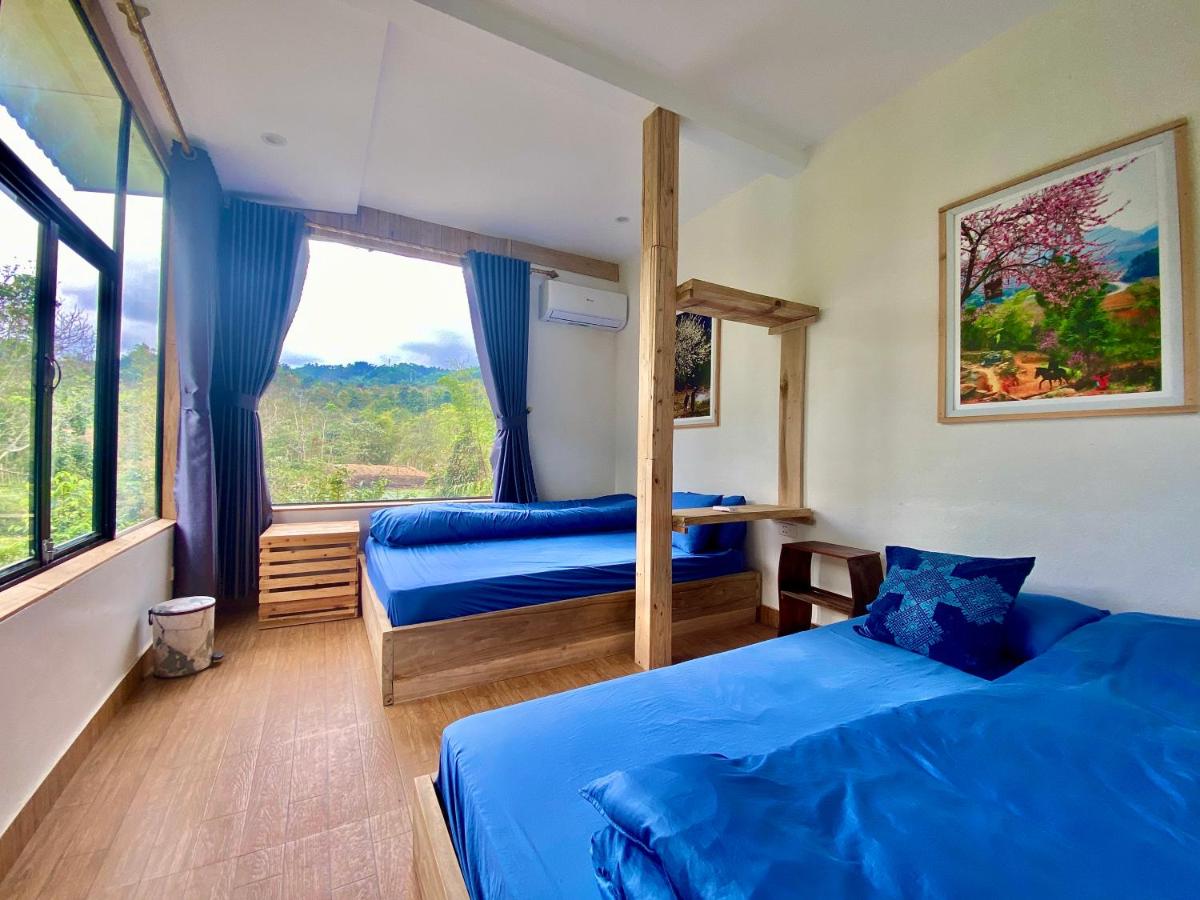
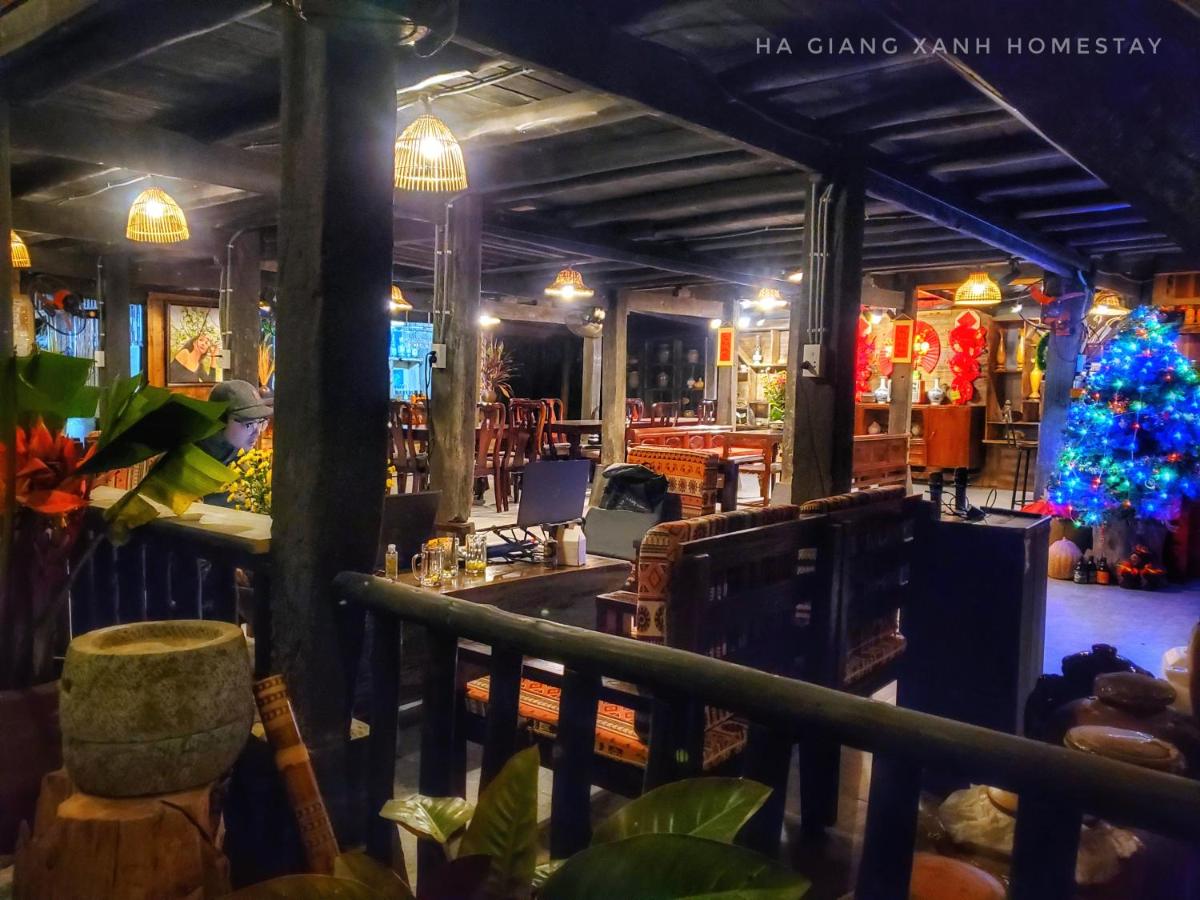

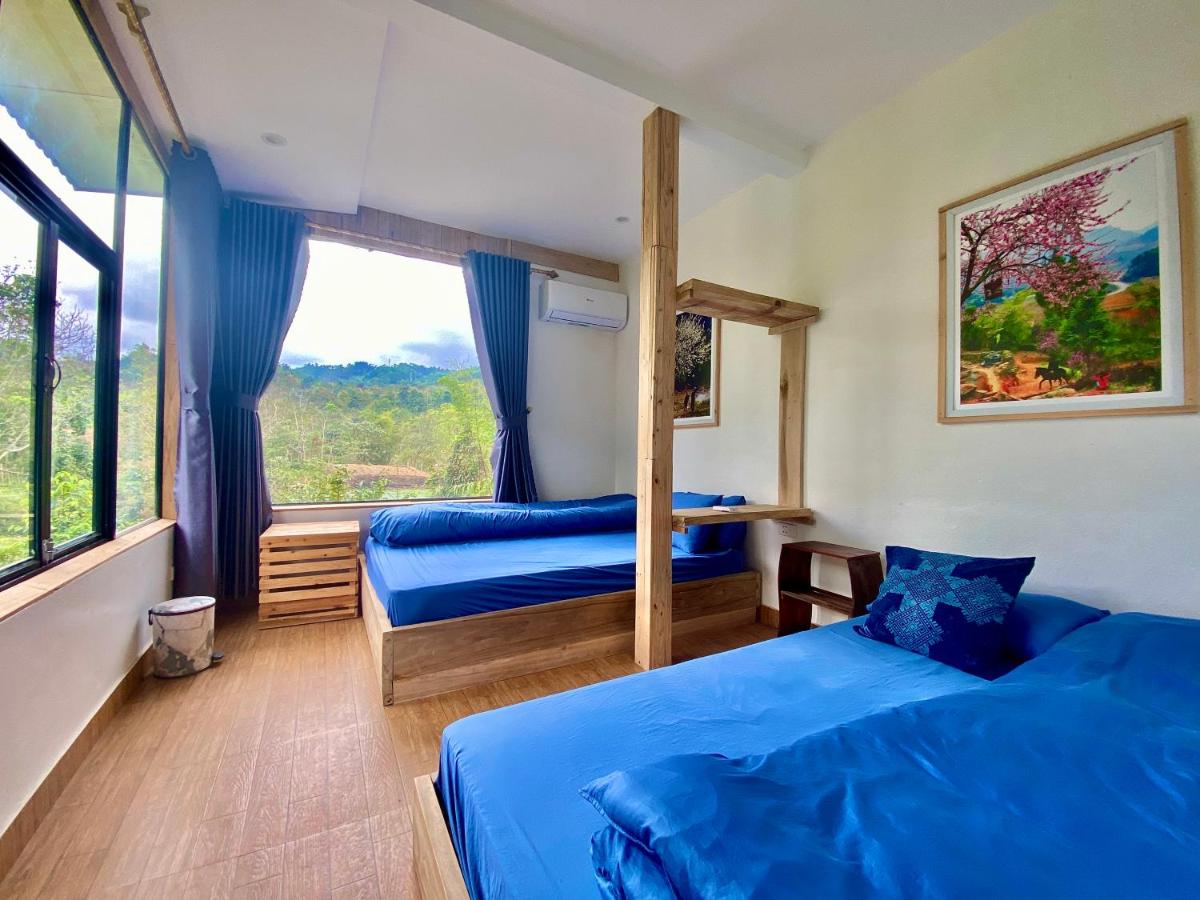

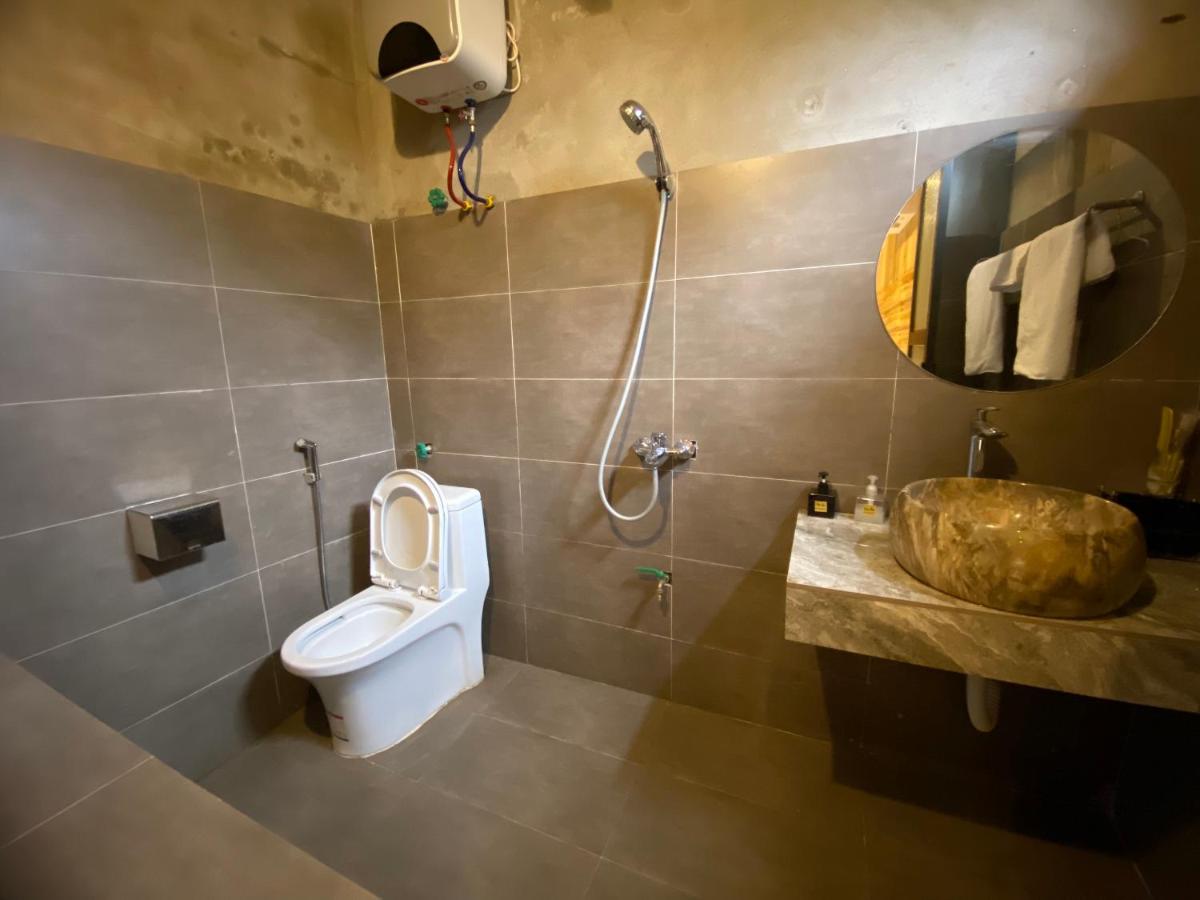

Day : 28/02/2025 - 01/03/2025
Room name : Family Room
Kind of room : Family Room
Total amount : Contact
Discount % member 63Stravel Vip
Final price to pay : Contact
Room amenities
 Air conditioner
Air conditioner
 Towel
Towel
 No smoking
No smoking
 Slipper
Slipper
 Hot water tank
Hot water tank
 Free wifi
Free wifi
 Shower head
Shower head
 Electric kettle
Electric kettle
 Hairdryer
Hairdryer
Room description : - Maximum capacity of room 5 - Standard number of guests 5 - For details of surcharges, please see "Final price"
Check-in time : From 2pm
Check-out time : Before 12 o'clock
( Discount % member 63Stravel Vip )
 Parking
Parking
 Receptionist
Receptionist
 Alarm
Alarm
 Special help
Special help
 Keep your luggage
Keep your luggage
 Free internet
Free internet
 Daily cleaning
Daily cleaning
 Steam laundry
Steam laundry
 Laundry Service
Laundry Service
 Iron
Iron
 Alcohol
Alcohol
 No smoking
No smoking
 Air conditioner
Air conditioner
 Garden
Garden
 Balcony
Balcony
( Discount % member 63Stravel Vip )
( Discount % member 63Stravel Vip )
